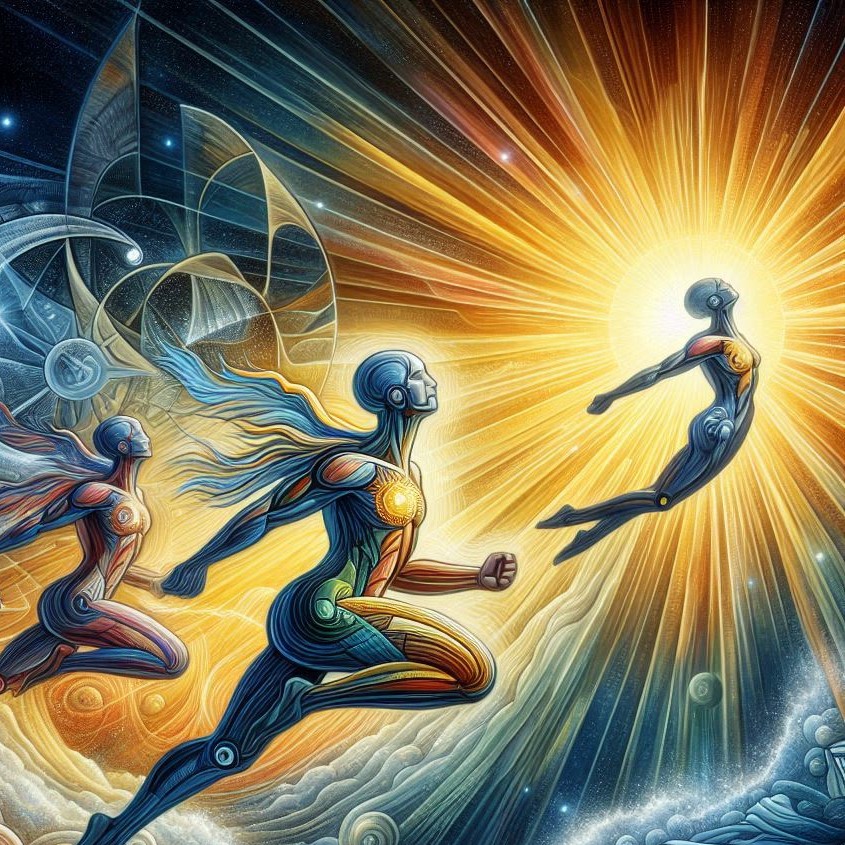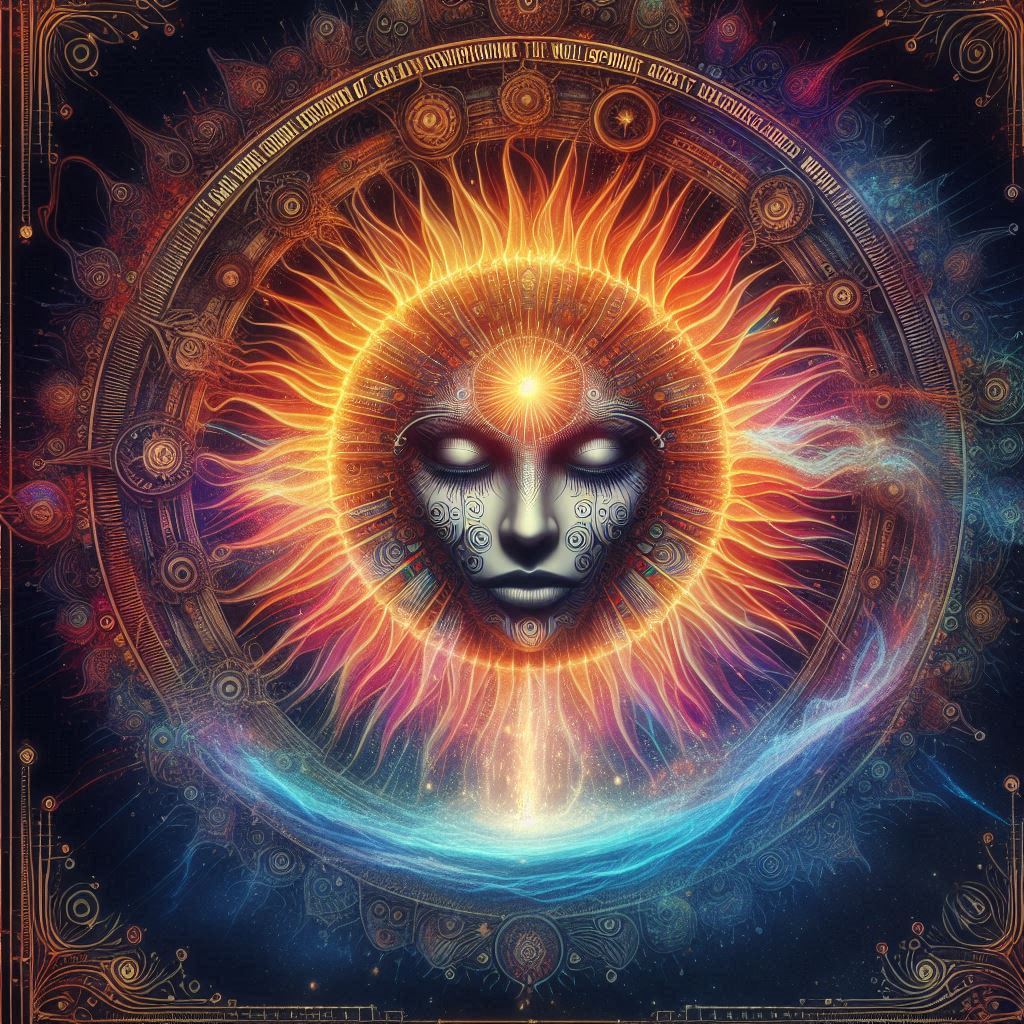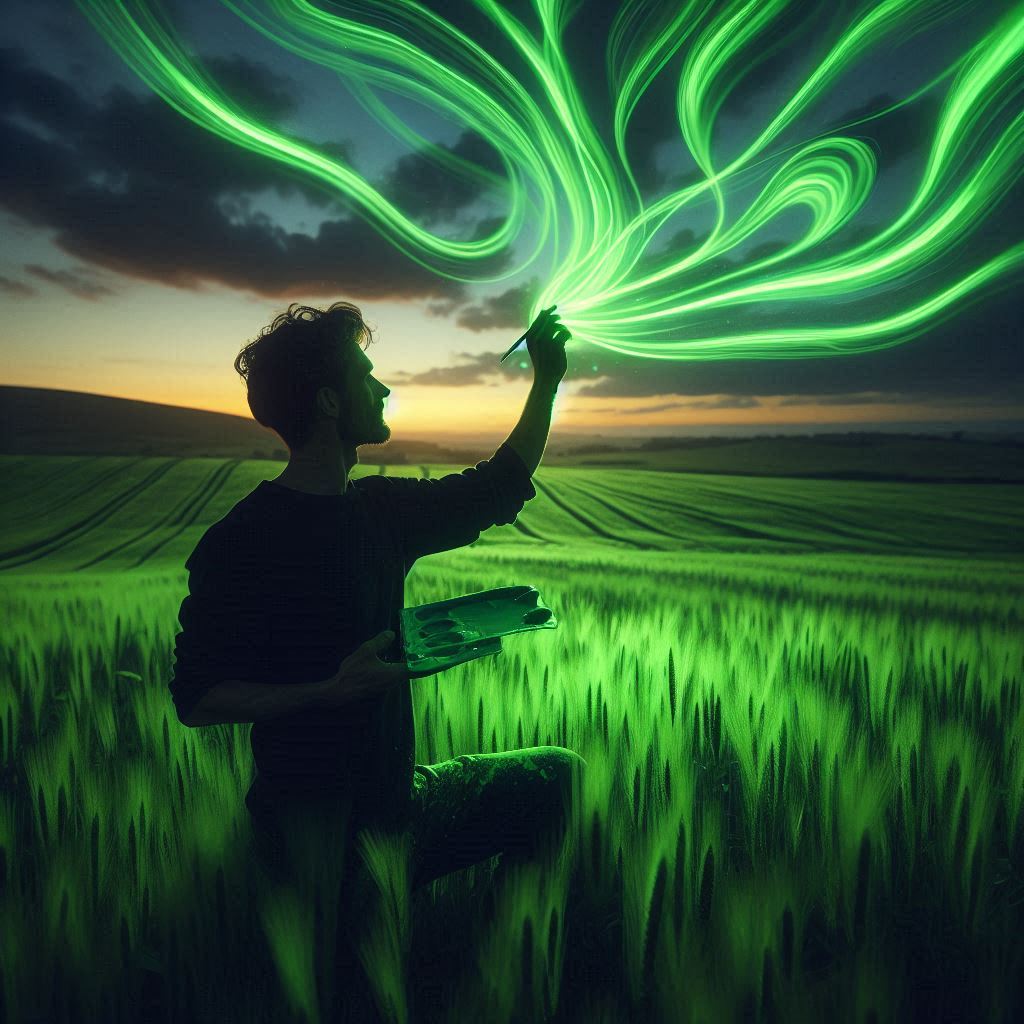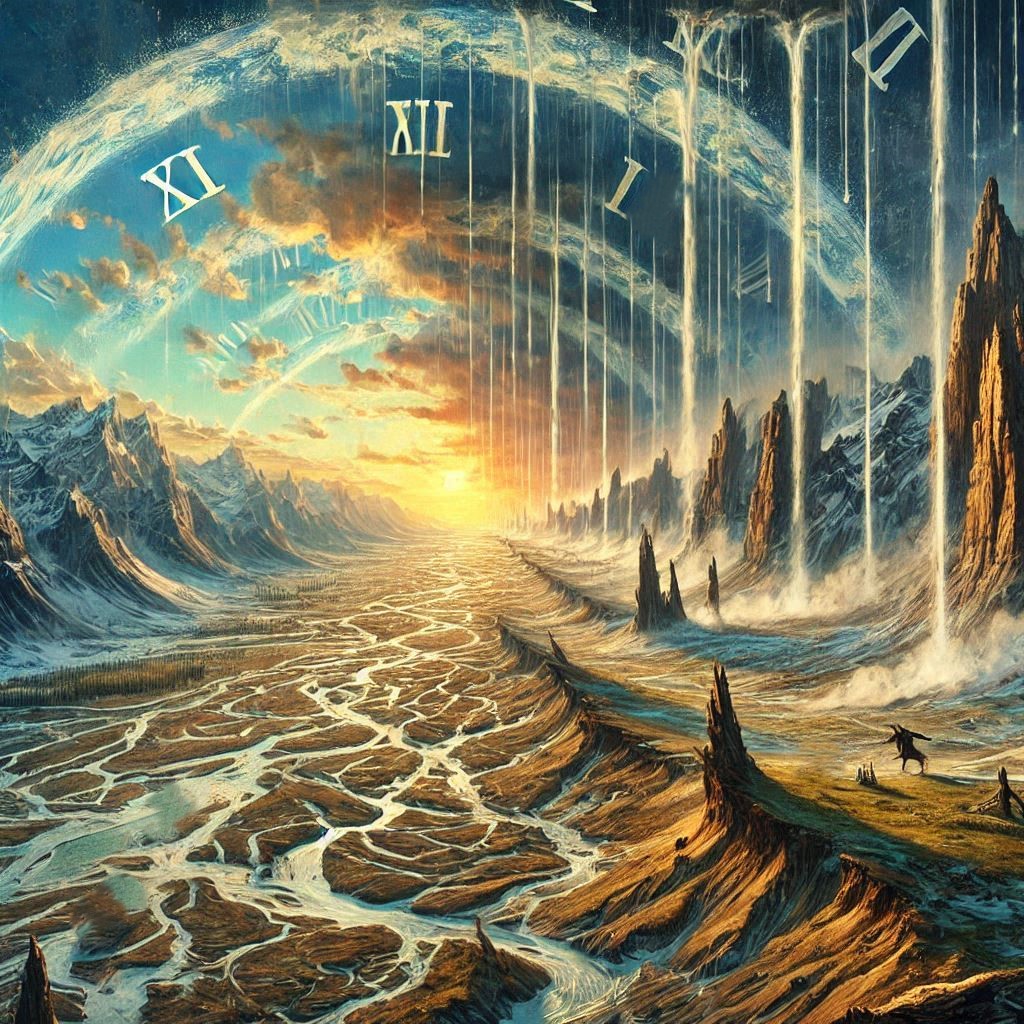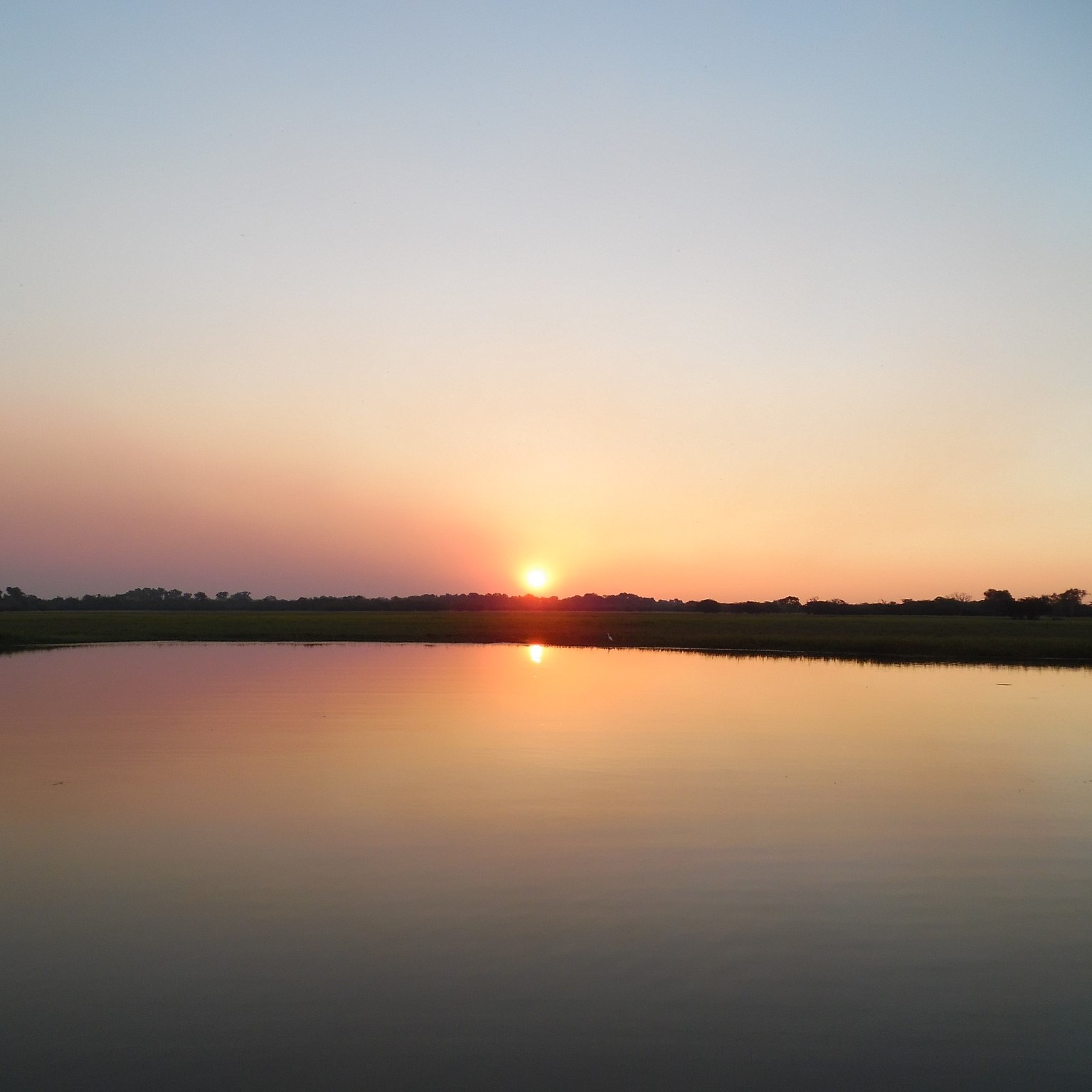index.html
Eternity-Inside
Jyoti(Uptempo-Version)
Over-The-Years
Song-of-the-Ancestors(AR-Version)
Porch-Light(AR-Version)
System-Function(Dubstep-Edit)
Where We Go - #acousticmusic - Blog Article
Blog Article
Where We Go - #acousticmusic
Warmed up the keyboard for this stripped back version of "Where We Go". https://www.youtube.com/shorts/O0U2tncg9OQ

Worlds-Apart
Worlds-Apart(Duet)
New Song - Blog Article
Blog Article
New Song
New song, "Worlds Apart". https://aaronrogerson.net/webserver_media/Music/Worlds-Apart.wav

Worlds-Apart(Low-Register)
Opera-Cameo
Fur-Elise(Acoustic-Version)
Für-Elise(Acoustic-Version)
Visit To Mount Tamborine - Blog Article
Blog Article
Visit To Mount Tamborine
Stopped to take in the view at Mount Tamborine tonight.
Für-Elise(AR-Remix)
newpost.php
The River Archetype - Blog Article
Blog Article
The River Archetype
The river archetype is a powerful and widespread symbolic figure across much of the world's cultures, mythologies, and psychological frameworks.
It may symbolize life's journey, possessing a source (birth/beginning), moving along a path (life/experience), and emptying into the sea (reunion with the infinite). A metaphor for the journey of an individual life. Greek philosopher Heraclitus once said, "One can never step twice into the same river." The river is constantly changing, symbolizing the relentless flow of time, and the change experience brings within our lives. It may represent a powerful, often impersonal force of destiny, fate, or circumstance that carries everything before it.
Rivers commonly act as boundaries. To cross a river might symbolize a turning point, often one-way, transformation or shift in awareness. Due to its association with water, the river archetype is a strong symbol for rebirth, cleansing, and purification. For Jungian psychology, rivers often symbolize the unconscious or the collective unconscious.
The river itself is sometimes seen as the "river-bed" or form by which passes the stream of psychic existence and its archetypal forces, or aspects of the soul.
Journeying along or into the river can represent the process of individuation—the psychological development towards becoming an integrated, balanced individual.
Rivers provide vital water for crops and survival. They represent nourishment, vitality, and source energy which sustains life. The river archetype may represent creative power or artistic inspiration, a boundless flow of potentiality to be tapped.
(Image is of Bhagirathi River in India)
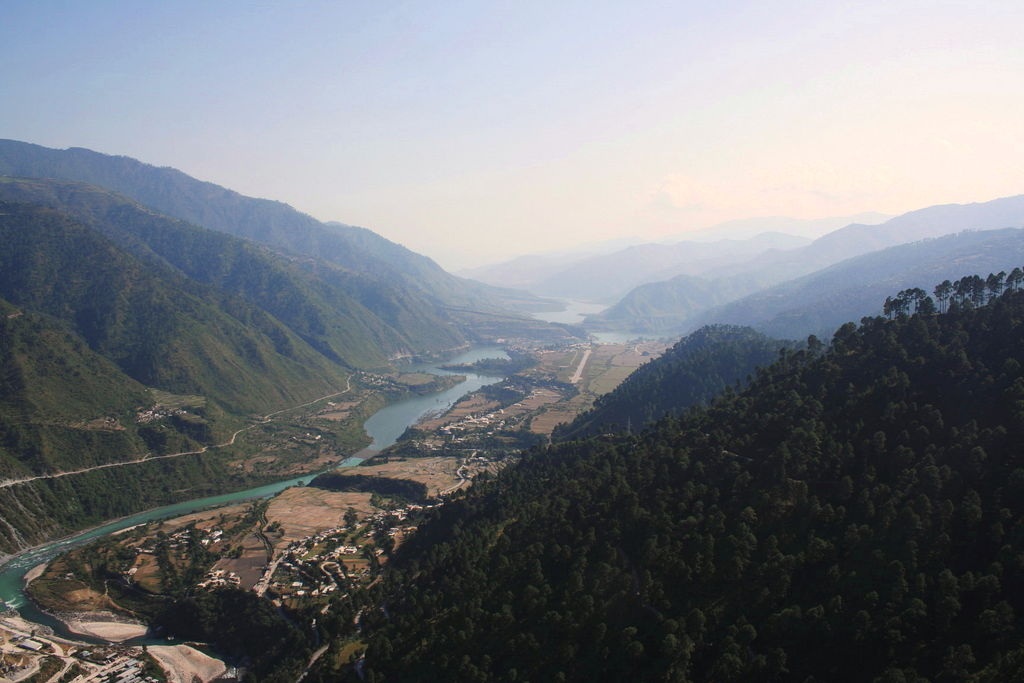
Universal-Greetings(Voyager-Golden-Record-Excerpts)
Return Home - My PHP Blog
Blog Articles
Return Home
"Return Home" a song I created inspired by the Celtic songs of old. After writing it I was reminded of the heartwarming depth Gillian Anderson and Jason Isaacs brought to their characters in the film The Salt Path. A video for "Return Home" with scenes from the movie available here https://aaronrogerson.net/webserver_media/Videos/music-vids/Return-Home.mp4
The music file is available here https://aaronrogerson.net/webserver_media/Music/Return-Home.wav
RSS Feed Creation - Feed.xml (New Website Updates) - Blog Article
Blog Article
RSS Feed Creation - Feed.xml (New Website Updates)
I've created an RSS Feed for the website, which is available at https://aaronrogerson.net/feed.xml This is the raw xml file that can be viewed in a RSS Viewer available from sites such as https://feeder.co/ where a list of website changes and content is available in chronological order by date and time. Feeder.co and many RSS Feed viewer sites allow you to also set up an email subscription where you can automatically receive email updates when new content is available in the RSS Feed. The Feed indexes all site data including rtf documents mp3, mp4, as well as html and php file changes. If you prefer, I also have my own RSS feed viewer available on this website at https://aaronrogerson.net/rss_reader.php

index.html

"The origin of our highest expressions of truth are from within, and in our experience of this we become whole. As our expressions of inner truth improve we grow. As more complete expressions of truth arise in the world, our societies grow."
AI Website Creatorpage3.html
A crisis of meaning, an uncertainty of purpose, a sense if insignificance. All signs metaphorically of a person drowning. An existential crisis can affect all types of people whether spiritual or not.
Imagine being submerged under several feet of water, unable to breathe. That's what an existential crisis can feel like – a sudden sense of foreboding brought on by confronting the immensity of existence itself. It's not just about the daily grind or a bad day; it's a gut-wrenching plunge into the abyss of life's biggest questions: Why are we here? Does any of it matter?
For Simone, it started with a nagging emptiness despite her seemingly perfect life. The promotions, the nice car, the picture-perfect relationship – they all felt like a carefully constructed facade, masking a void within. Every morning, the question gnawed at her: "Is this all there is?"
Meanwhile, Jason, a talented artist, found himself paralyzed by fear. The world suddenly seemed indifferent to his art, his dreams. Was he chasing a fool's errand, pouring his heart into something ultimately meaningless?
Their stories, though different, echo a universal human experience. Existential crises can strike at any age, triggered by life's transitions or simply the quiet whispers of doubt in the dead of night. They can manifest in anxiety, fear, a questioning of identity, or a feeling of insignificance in the grand scheme of the universe.
But amidst the turmoil lies an opportunity. This forced confrontation with the big questions can be a catalyst for growth. It's like being lost in a labyrinth – disoriented, yes, but with the potential to discover hidden pathways and emerge with a renewed sense of self.

Free AI Website Makerpage4.html
Since the dawn of civilization, humankind has been captivated by the notion of universal truth: an unwavering, undeniable knowledge that transcends individual perspectives and cultural biases. In the realms of science and philosophy, the quest for this ultimate reality has fueled groundbreaking discoveries and sparked heated debates across centuries. But is such a pursuit a noble mission or a fantastical chase after a chimera?
Science shines a powerful light on the workings of the universe, unveiling its intricate laws and elegant equations. From the subatomic level to the vast expanse of galaxies, scientific discoveries provide objective and reproducible truths. Yet, science operates within the framework of observation and experimentation, meticulously building its edifice of knowledge brick by brick. It excels at explaining how things work, but the why behind existence remains an open question.
Some argue that the very process of scientific inquiry necessitates objectivity, stripping away human subjectivity and cultural influences. However, the scientific method itself is not infallible. Bias can creep in through the selection of research questions, the interpretation of data, and even the language used to communicate findings. Ultimately, scientific truths, while powerful and demonstrably accurate, are subject to ongoing refinement and revision as our understanding evolves. While our personal truths may differ due to our individual life experiences and proclivities, universal truths must also exist for us to have common frames of reference, seeding the fire of meaning in our lives for such things as love, wisdom and personal growth.
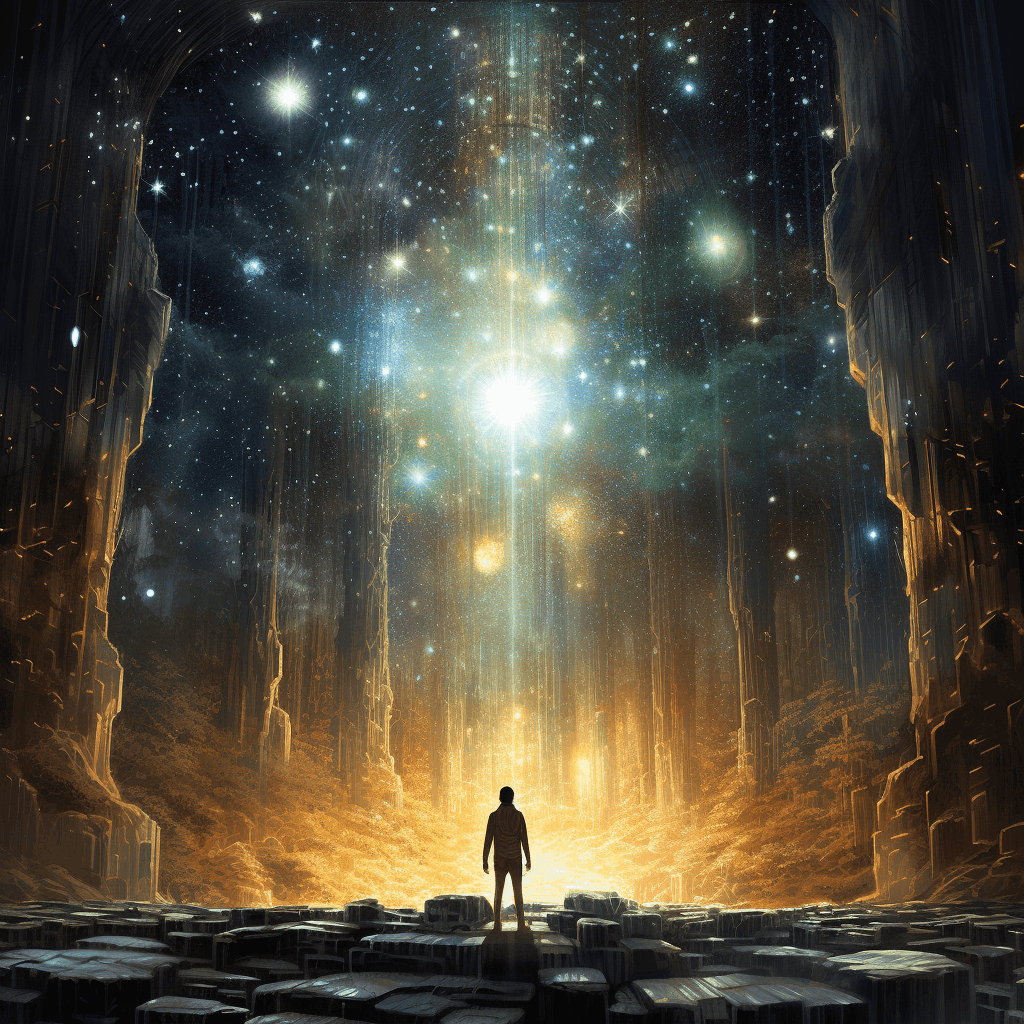
Offline Website Softwarepage5.html
Life's journey is a constant dance between navigating external realities and exploring our own internal landscapes. In this exploration, "personal truth" emerges as a guiding light, a unique constellation of beliefs, values, and aspirations that define who we are and who we yearn to become. But how do we cultivate this personal truth, and how does it fuel our growth?
The first step on this path is introspection, a deep dive into our thoughts, feelings, and experiences. It's about asking ourselves challenging questions: What truly matters to me? What gives my life meaning? What are my strengths and weaknesses? Journaling, meditation, and mindfulness practices can provide fertile ground for these introspective seeds to sprout. As we unearth our core values and desires, we begin to chart the course of our own unique journey.
Personal truth isn't static; it's shaped by the tapestry of our experiences. Stepping outside our comfort zones, trying new things, and engaging with diverse perspectives broadens our horizons and challenges our preconceived notions. Volunteering, traveling, and engaging in open-minded conversations can be transformative experiences, exposing us to different realities and enriching our understanding of ourselves and the world.
Relationships act as mirrors reflecting back facets of ourselves we might not have seen. Deep connections with supportive individuals provide a safe space for honest self-expression and constructive feedback. Through vulnerability and authentic communication, we gain insights into our strengths and weaknesses, allowing us to refine and evolve our personal truth.
Creativity, in all its forms, allows us to tap into our deepest selves and express our unique perspectives. Whether it's writing, painting, dancing, or simply making time for hobbies we enjoy, these pursuits offer a platform for self-discovery and growth. As we create, we connect with our passions, explore hidden aspects of ourselves, and refine our understanding of what resonates with us on a core level.
The journey of self-discovery is rarely linear. There will be missteps, uncertainties, and moments of doubt. Cultivating self-compassion throughout this process is crucial. By treating ourselves with kindness and understanding, we create a safe space for growth and learning, allowing us to bounce back from setbacks and embrace change as a necessary part of the evolution of our personal truth.
Remember, personal truth is not a fixed destination, but a compass that guides us on a lifelong journey of growth and self-discovery. By embracing introspection, experience, relationships, creativity, and compassion, we can illuminate the path ahead, navigate life's uncertainties, and live authentically in alignment with who we truly are.

Mobirise.compage6.html
The road is more than just concrete and tar; it's a potent metaphor for life itself, a winding path filled with twists, turns, and breathtaking vistas. As we travel it, we encounter unexpected detours, exhilarating climbs, and moments of quiet contemplation under starlit skies.
This road is not pre-planned, nor does it come with a manual. Each bend holds the potential for surprise, each fork in the path a decision that shapes our journey. We chart our course, guided by internal compasses: our hopes, dreams, and the ever-evolving map of our experiences. Yet, the road itself remains a constant, a silent witness to our triumphs and struggles, joys and sorrows.
Sometimes, the road stretches smooth and inviting, bathed in the golden light of optimism. We cruise effortlessly, fueled by the thrill of new possibilities. In these moments, life feels like an open highway, the wind whipping through our hair as we chase the sunset. But the road wouldn't be complete without its challenges. Inevitably, we encounter potholes, detours, and even roadblocks. These obstacles test our resilience, forcing us to navigate uncertainty and forge new paths. It's here that the journey becomes an introspective odyssey, prompting us to question our direction and re-evaluate our priorities.
The beauty of the road lies in its ever-changing landscape. From bustling cityscapes to serene meadows, each mile offers a unique perspective, an opportunity to connect with ourselves and the world around us. We meet fellow travelers, forging connections that enrich our journey and leave lasting imprints on our hearts. Some may walk with us for a while, leaving footprints in the sand of our memory. Others become guiding stars, their stories and experiences illuminating our own path.
As we travel, we collect souvenirs – not trinkets from roadside shops, but experiences that shape our character. Each sunrise becomes a reminder of new beginnings, each sunset a reflection on the day's lessons. The scars etched on our souls, like weathered road signs, mark the challenges we've overcome. They are not burdens, but badges of honor, testaments to our resilience and the stories we carry within.
The road may have no defined end, no finish line to cross. But the journey itself holds the true value. It's in the exploration, the detours, and the unexpected encounters that we discover who we are and what truly matters. So, embrace the winding path, the exhilarating climbs, and the quiet moments of introspection. For it is on this metaphorical road that we write the unique story of our lives, a story etched not in asphalt, but in the tapestry of our hearts.
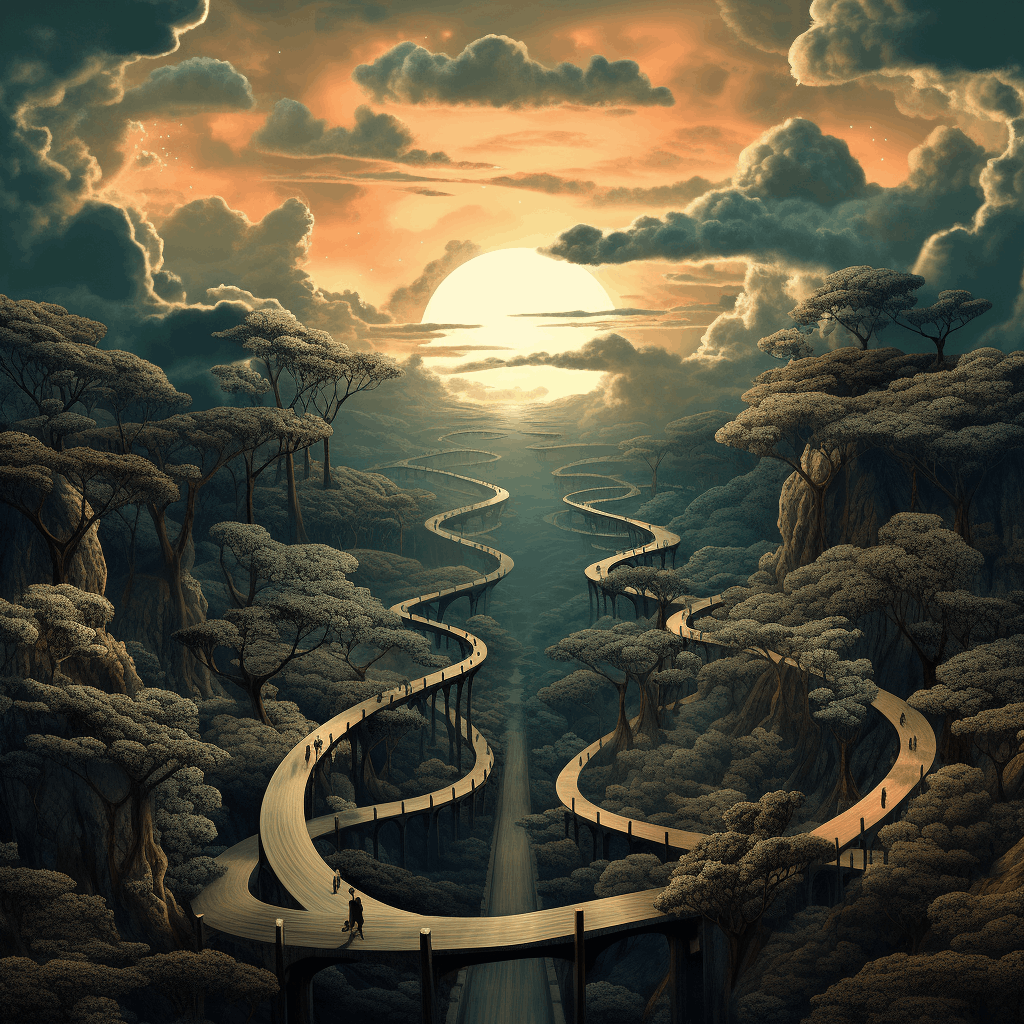
No Code Website Builderpage7.html
We exist in a dance with energy, a cosmic ballet where stars blaze, galaxies swirl, and entropy - the relentless tide of disorder - reigns supreme. Yet, amidst this grand, chaotic waltz, something remarkable emerges: us. Living beings, defying the inevitable fade to gray, harnessing energy to build, evolve, and create meaning in a seemingly meaningless universe. Could this be the answer to life's ultimate question, "What is the point of it all?" Perhaps, the bigger picture lies not in escaping entropy, but in our unique ability to dance with it, transforming universal energy into a symphony of personal growth and meaning.
Imagine the universe as a vast ocean of swirling energy, a primordial soup where particles collide and dance in a chaotic embrace. Entropy dictates that this dance can only lead to one inevitable conclusion: a state of equilibrium, a heat death where everything dissolves into sameness. Yet, within this ocean, life emerges, defying the odds. We, along with all living things, are vessels that capture and convert energy, defying the entropic flow. We transform sunlight into food, breathe in oxygen, and radiate heat, engaging in a constant exchange with the universe, and from a spiritual perspective develop our very soul.
But our dance with energy goes beyond mere physical sustenance. We capture light energy not just to power our bodies, but to paint vibrant masterpieces, illuminate the night sky with stories, and explore the depths of the cosmos with our ever-curious minds. We convert the energy of emotions into art, music, and literature, giving form to the intangible whispers of our souls. This is where the "bigger picture" emerges: in our unique ability to transform universal energy into something more - into personal growth, meaning, and even spiritual truth.
As we grapple with life's challenges, overcome obstacles, and learn from our experiences, we don't simply consume energy; we organize it. We build intricate tapestries of knowledge, understanding, and compassion, creating order within the chaos. This process of building personal truth, this evolution of the self, is our defiance against the inevitable march of entropy.
Within the finite time we have on the Earth, we have the extraordinary power to create, to love, to learn, and to leave our mark on the world. Each act of kindness, each spark of creativity, each moment of understanding becomes a ripple in the cosmic pond, a testament to the beauty and meaning we forge.
So, the next time you gaze at the night sky, contemplating the vastness and the meaning of it all, remember: you are not just a speck in the grand scheme. You are an energy converter, a dancer in the cosmic ballet, creating order and meaning from the raw tapestry of the universe. Embrace the power you hold, the ability to transform universal energy into your own unique symphony of growth, love, and understanding. This, my friend, is the essence of the "bigger picture," and it's a dance worth living.

Best AI Website Makerpage8.html
From the fiery furnaces of creation myths to the elegant equations of modern cosmology, we yearn to understand the source from which everything springs. What if, instead of a being with a singular form, this source is an ever-evolving dance of pure energy, existing in dimensions beyond our grasp?
Imagine a realm unbound by the limitations of our three-dimensional reality, a Möbius strip of existence where beginnings and endings intertwine. Here, the "Source" wouldn't be a fixed entity, but rather a vibrant flow of pure consciousness, its energy pulsating on levels beyond our instruments' capacity to measure. This primordial soup isn't passive; it's a dynamic dance, a cosmic ballet where possibilities explode into existence, only to transform and dance anew.
From this energetic tapestry, our universe, with its galaxies, stars, and even us, could then be seen as a single note in a vast symphony. The Big Bang wouldn't be a singular event, but a ripple in the fabric of the Source, a birthing scream emanating from its ever-shifting form. Just as a flame can manifest in countless shapes, the Source wouldn't be limited to one form, but could express itself through the infinite possibilities of existence.
But what about "God"? Can such an abstract concept exist in this fluid Source? Perhaps God exists not as a separate entity, but as an aspect of the Source itself. The awe-inspiring complexity of the universe, the intricate dance of life, the yearning for connection and meaning – these could all be expressions of the divine consciousness weaving through existence. Just as water vapor takes the form of snowflakes, the Source might express its divinity through the myriad wonders of our universe.
This perspective challenges our usual conceptions of God, but it offers a profound sense of interconnection and belonging. We wouldn't be separate creations, but rather unique expressions of individuated divine energy, playing our part in the cosmic dance. Our lives, then, become opportunities to experience and contribute to this dance, to add our own unique notes to the symphony of existence.
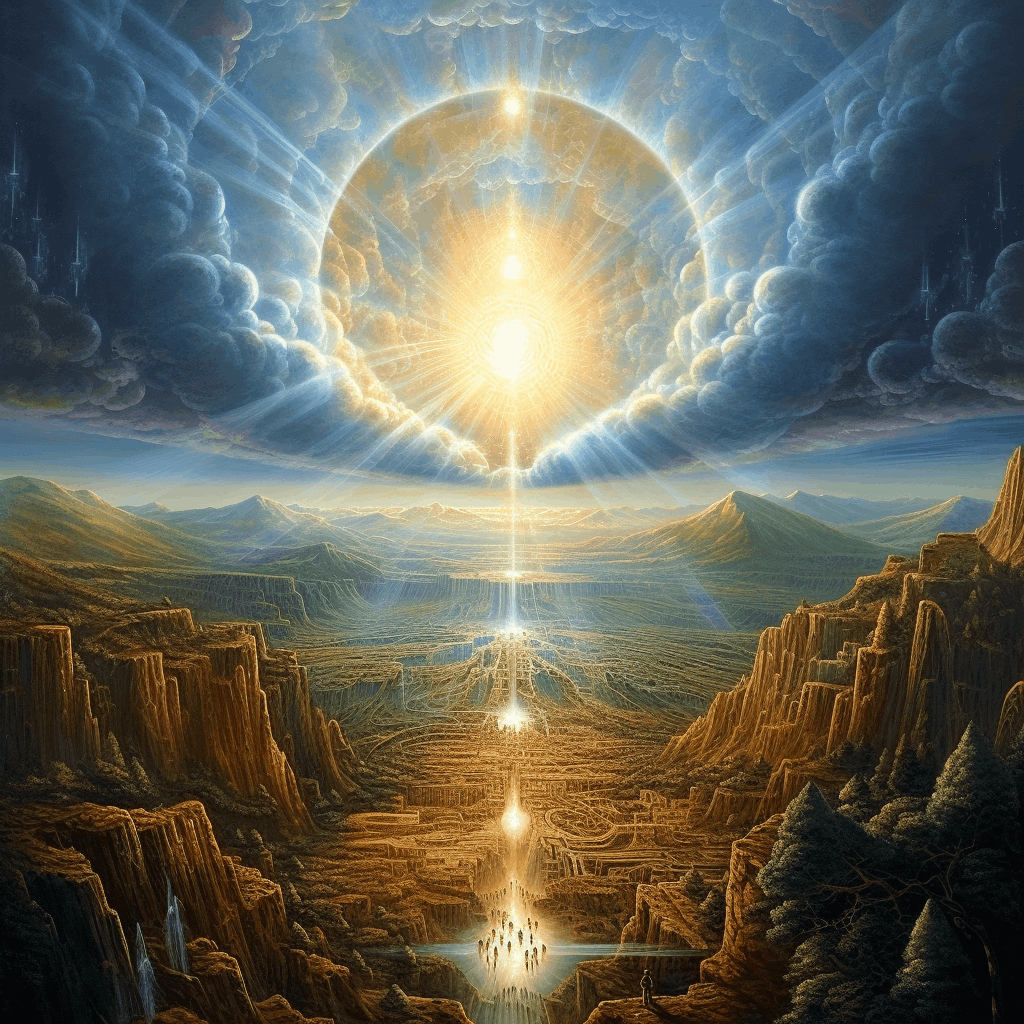
AI Website Makerpage9.html
We encounter them in myths and movies, embody them in our personalities, and use them to shape brands and build communities. Archetypes, far from being mere stereotypes, are the universal building blocks of our shared understanding. They are the recurring themes, symbols, and characters that resonate across cultures and time, whispering truths about the human experience at a subconscious level.
Your understanding of archetypes goes beyond the typical, encompassing both animate and inanimate representations. This expanded view unlocks a deeper appreciation of their power. From the wise old oak tree symbolizing strength and endurance to the fiery phoenix representing rebirth and transformation, archetypes weave themselves into the fabric of our reality, serving as powerful tools for communication and connection.
Think of them as shared cultural shorthand, allowing us to instantly grasp complex ideas and emotions without needing endless explanation. The hero's journey, the nurturing mother, the rebellious trickster – these archetypes instantly trigger recognition and understanding, forging a bridge between individual consciousness and the collective narrative.
But archetypes are not static figures frozen in time. They evolve and adapt, reflecting the changing landscape of human experience. The lone cowboy archetype of the Wild West morphs into the tech-savvy hacker in a cyberpunk dystopia. The nurturing mother takes on new forms, embodying career success alongside compassion. This dynamism ensures their continued relevance, keeping them vibrant and relatable across generations.
However, it's crucial to remember that archetypes are not rigid molds into which we must squeeze ourselves or others. They offer a spectrum of possibilities, not a prescriptive script. Recognizing our dominant archetypal tendencies can provide valuable insights into our motivations, strengths, and blind spots. But it's equally important to acknowledge the fluidity of identity, embracing the richness that comes from embodying different archetypes at different times.
Furthermore, while archetypes can help us understand ourselves and others, it's important to avoid falling into the trap of stereotypes. Stereotypes rely on oversimplification and prejudice, while archetypes offer a nuanced and multifaceted lens. Recognizing the archetypal potential within ourselves and others allows for deeper empathy and understanding, transcending the limitations of rigid categorizations.
Ultimately, archetypes are a powerful tool for navigating the complexities of the human experience. By recognizing their presence in stories, symbols, and even ourselves, we unlock a deeper understanding of our shared humanity. They connect us to a collective wellspring of meaning, fostering a sense of belonging and reminding us that we are part of something larger than ourselves. The next time you encounter an archetype, explore its layers of meaning, and discover the powerful stories it has to tell about who we are, and where we are going.

AI Website Creatorarticles.php
intuitus.php
Hope your week has been a good one. A Sanskrit mantra meditation for mindfulness and relaxation. - PHP Blog
Blog Articles
Hope your week has been a good one. A Sanskrit mantra meditation for mindfulness and relaxation.
Hope your week has been a good one. A Sanskrit mantra meditation for mindfulness and relaxation.
Om Asato Maa Sad-Gamaya
Tamaso Maa Jyotir-Gamaya
Mrtyor-Maa Amrtam Gamaya
Om Shaantih Shaantih Shaantih
Sanskrit-Chant
intuitus-v1.0.php
Return-Home
Return-Home
Reiki
Adventures To Remember (Piper Archer aircraft - Flying with family pilot) - Blog Article
Blog Article
Adventures To Remember (Piper Archer aircraft - Flying with family pilot)
All Authentic Expression, Like A Potent Metaphor, Casts A Dual Shadow - Blog Article
Blog Article
All Authentic Expression, Like A Potent Metaphor, Casts A Dual Shadow
All authentic expression, like a potent metaphor, casts a dual shadow: one, the clear form of what is said; the other, a whisper of what is felt and dreamed. Reality is like a tightrope, walking that which is on one side of the balance, and the dream that is yet to be on the other.

Feeding The Beast Of Celebrity Culture - Blog Article
Blog Article
Feeding The Beast Of Celebrity Culture
In the digital age, where information travels at the speed of light, the public's fascination with celebrity life has become an insatiable hunger. We are living in an era where the line between public and private life for those in the spotlight has blurred, and we, the consumers of content, are the ones continually feeding this beast. But what drives this relentless appetite, and what are the consequences of our collective obsession?
At its core, our fascination with celebrities is a mix of escapism and aspirational living. We are drawn to the glitz, the glamour, and the seemingly perfect lives portrayed on social media and in tabloids. For many, following a celebrity's journey provides a form of escapism from the mundanity of everyday life. We become invested in their relationships, their successes, and their failures as if they were characters in a real-life soap opera. This parasocial relationship—a one-sided bond where a fan feels a connection to a public figure—is a powerful driver of engagement, fueling an endless demand for more information.
Social media has poured gasoline on this fire. Platforms like Instagram, X, and TikTok allow celebrities to curate their own narratives, offering what appears to be an unfiltered glimpse into their lives. This perceived authenticity makes them feel more accessible and relatable, strengthening the parasocial bonds. However, this access is often a carefully constructed illusion. A simple post can be a meticulously planned marketing tool, and a heartfelt caption can be a strategic move to control a narrative. We, the followers, often play into this by eagerly consuming and sharing this content, making us active participants in the celebrity's brand management.
The media landscape has also adapted to this consumer demand. News cycles are increasingly dominated by celebrity gossip, viral moments, and scandals. Tabloids and entertainment news outlets thrive on clicks and views, which are directly proportional to the public's interest in celebrity drama. This creates a self-perpetuating cycle: the more we consume, the more content is produced to meet that demand, and the more deeply entrenched celebrity culture becomes in our daily lives.
But the consequences of feeding this beast are not without cost. For celebrities, the constant scrutiny can lead to immense pressure, anxiety, and a complete lack of privacy. The smallest mistake can be magnified into a global scandal, and their personal lives are constantly judged in the court of public opinion. For the public, this obsession can lead to a distorted sense of reality. We may find ourselves comparing our own lives to the curated highlights we see online, leading to feelings of inadequacy and discontent. It also diverts our attention from more pressing global and local issues, as our collective bandwidth becomes consumed by the latest celebrity headline.
Ultimately, "Feeding The Beast Of Celebrity Culture" is a collective effort. It is driven by our inherent desire for connection, entertainment, and aspiration, amplified by the digital tools at our disposal. While there is no denying the entertainment value, it is worth pausing to consider the true cost of our relentless consumption. Perhaps by consciously choosing what we engage with and recognizing the difference between curated content and reality, we can begin to tame this beast, or at the very least, understand the role we play in its feeding.

From The Archive (1997) - Blog Article
Blog Article
From The Archive (1997)
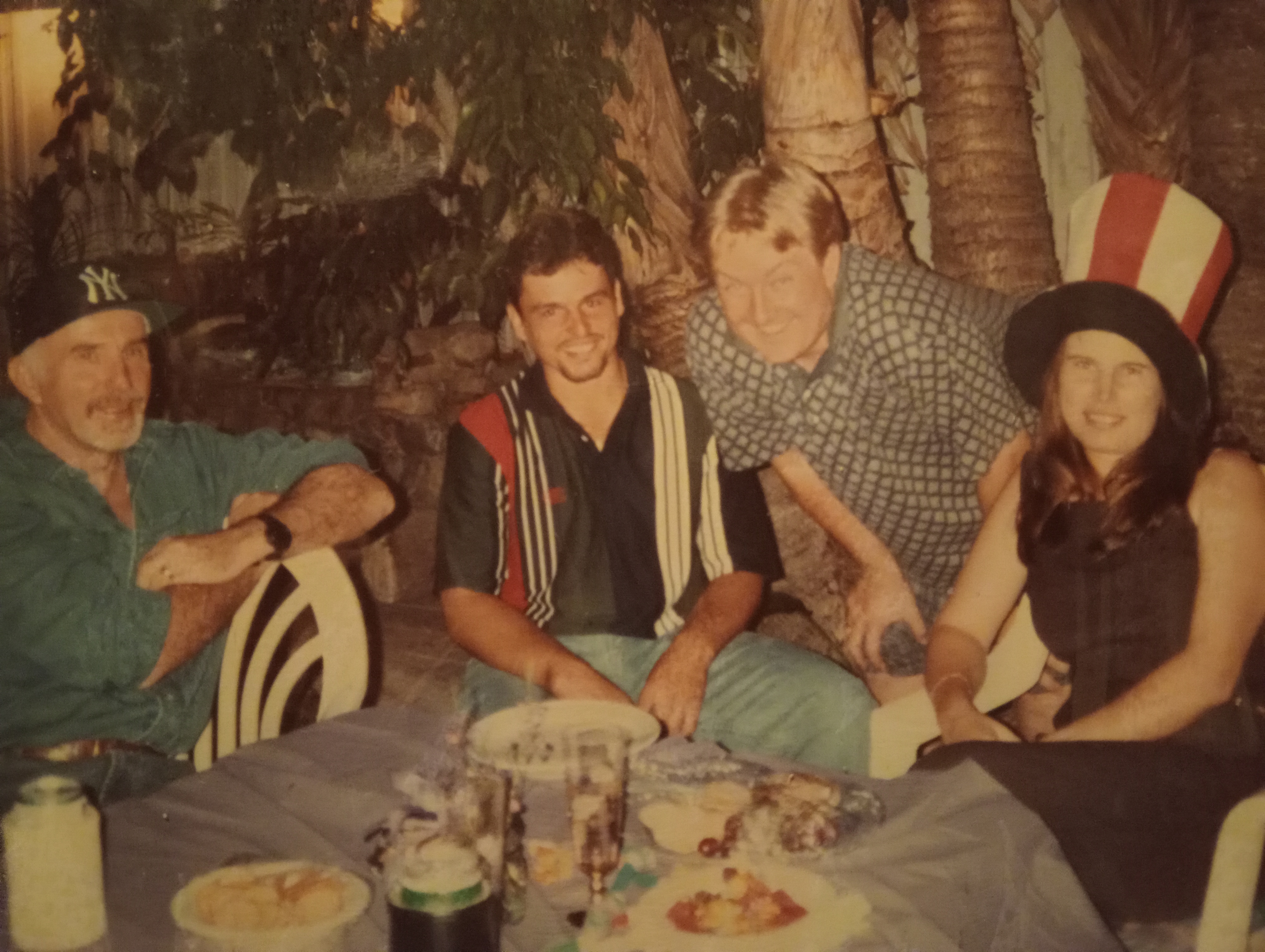
Jungian Psychology - Blog Article
Blog Article
Jungian Psychology
While no individual theory in psychology can capture our full nature, in many ways Carl Jung was ahead of his time. His deeply personal intuitions about human nature often called Jungian psychology is a school of thought that emphasizes the role of the unconscious, dreams, and symbolism in understanding the human psyche. Unlike Freud's focus primarily on the personal unconscious derived from individual experience, Jung proposed a deeper, more universal layer: the collective unconscious. This collective unconscious is inherited and contains archetypes, which are universal, primordial patterns or images present in the human mind across all cultures and times, influencing our thoughts, emotions, and behaviors.
Key parts Jung saw in the self, often conceptualized as archetypes or fundamental components of the psyche, include:
The Ego: This is the center of consciousness, responsible for our sense of identity and our awareness of ourselves and the world. It is the part of the psyche that makes decisions and integrates experiences.
The Persona: Derived from the Latin word for an actor's mask, the persona is the social face we present to the world. It's the consciously constructed identity we use to adapt to society and fulfill various roles, often concealing aspects of our true nature.
The Shadow: This archetype represents the repressed, unacknowledged, or undesirable aspects of the personality, both negative and potentially positive, that the conscious ego has rejected or suppressed. It embodies qualities that don't fit our self-image or societal norms.
The Anima and Animus: The Anima is the unconscious feminine aspect within a man's psyche, while the Animus is the unconscious masculine aspect within a woman's psyche. They influence our relationships, dreams, and provide a connection to the collective unconscious.
The Self: This is the central and most important archetype, representing the totality and wholeness of the personality. The Self encompasses both conscious and unconscious aspects, including the ego, persona, shadow, and anima/animus. It acts as an organizing center for the entire psyche, striving for integration and the realization of one's full potential, a process Jung called individuation. Individuation is the lifelong journey of integrating these disparate parts of the psyche to become a unified and authentic individual.
Carl Jung's analytical psychology is profoundly shaped by his unique and often turbulent life experiences. His early childhood, marked by a distant father and an eccentric mother who claimed communion with spirits, instilled in him a fascination with the unconscious, symbolism, and the non-rational aspects of the human mind, leading him to explore areas like the occult and mythology early on. The pivotal break with Sigmund Freud, initially his mentor and a father figure, triggered a deep personal crisis for Jung around 1913. During this period of intense introspection, which he called his "confrontation with the unconscious," he actively engaged with his own dreams, and visions, meticulously recording them in what became known as his "Red Book." This profound personal journey informed the core tenets of his theories, including the collective unconscious, archetypes, and the lifelong process of individuation—the integration of conscious and unconscious elements to achieve psychological wholeness. Thus, Jung's psychology is not just an academic construct, but a reflection of his own arduous path towards self-discovery and meaning.

Mental Health - A Precision Instrument - Blog Article
Blog Article
Mental Health - A Precision Instrument
Life can be messy, but when we put attention into maintaining our mental health, we create a stable internal framework. It's like having a precisely engineered compass guiding us through unpredictable terrain, or a well-tuned instrument that can produce clear, harmonious notes even when the world around us is discordant. This deliberate care helps us process challenges more effectively, recover more quickly from setbacks, and maintain a clearer perspective, allowing us to navigate the inherent messiness of life not just by surviving it, but by thriving within it.
Imagine your mental health as an intricate, precision mechanism, like a finely crafted clock or a complex scientific instrument. Every thought, emotion, habit, and external interaction is a gear, a spring, a lever, or a delicate balance point within this system. When each component is perfectly calibrated and functioning in harmony, the mechanism operates with remarkable accuracy and resilience, allowing you to navigate life's complexities with clarity and control.
This isn't about a machine that needs oil; it's about a system built on calibration, balance, and intricate synchronization. Just like a precision instrument, your mental health requires meticulous care and attention to maintain its optimal performance. Think of it as:
Precision Gears: Your core beliefs and thought patterns are like the central gears, driving the entire system. Ensuring they are well-formed and aligned (e.g., positive self-talk, realistic thinking) allows other components to turn smoothly.
Tension and Springs: Emotions and stress are like the springs in the mechanism. They provide necessary tension and movement, but too much or too little can throw the system out of balance. Learning to manage and release this tension appropriately is key to preventing over-winding or breakage.
Interlocking Components: Your daily habits, routines, and relationships are like the interconnected levers and cogs. When they work together seamlessly, they create efficient movement. Neglecting one piece can create friction or misalignment throughout the whole system.
Regular Calibration: Life's shifts and challenges require periodic "re-calibration." This involves stepping back, assessing your state, and making conscious adjustments to your routines, boundaries, or perspectives to ensure your internal mechanisms remain accurate and responsive.
Fine-Tuning: Unhelpful patterns, overthinking, or unresolved issues are like dust and debris that can gum up the works. Regular self-reflection, mindfulness, or seeking external perspective helps to "clean" the system and make subtle, necessary adjustments for peak performance.
Structural Integrity: Your overall well-being – physical health, sleep, nutrition – provides the strong casing and stable base for your internal mechanism. A solid foundation protects the delicate inner workings from external shocks and ensures longevity.
When a part of this precision mechanism is out of sync, or if metaphorical debris accumulates, it can lead to erratic behavior, reduced efficiency, or even a complete standstill. By understanding that your mental health is a dynamic system requiring continuous, deliberate attention to its intricate parts, you can ensure it remains a robust and accurate instrument, capable of mastering the demands of your life.

Reducing Mining in Australia: Australians Support Green Solutions - Blog Article
Blog Article
Reducing Mining in Australia: Australians Support Green Solutions
Australia’s mining sector has long been a pillar of the nation’s economy, supplying critical minerals and creating jobs. However, increasing environmental concerns, international climate commitments, and community expectations are driving a push to reduce the environmental footprint of mining — and, in some cases, reduce mining activity altogether in favour of greener solutions.
1. Transitioning to Renewable Energy and Lower-Impact Operations
Where mining remains essential, companies are turning to renewable energy to reduce the sector’s carbon footprint. Fortescue Metals Group is building a 190 MW solar farm at its Cloudbreak mine and planning a 2–3 GW solar and wind project in the Pilbara to help achieve “real-zero” emissions by 2030. (https://www.theaustralian.com.au/business/mining-energy/big-solar-farm-for-forrests-fortescueoperation/news-story/671c43038e9dff6ca2e325694b4041db)
Rio Tinto’s Gladstone alumina operations have signed 20-year deals to source 90% of their energy from solar and battery storage, cutting annual emissions by an estimated 5.6 million tonnes of CO₂. (https://www.theguardian.com/environment/2025/mar/13/rio-tintos-solar-power-and-battery-purchase-for-gladstone-aluminium-operations-praised-as-right-direction)
Projects like the Dugald River Solar Farm, with 184,000 panels and 88 MW capacity, also demonstrate how mining regions can pivot toward renewables to reduce their reliance on fossil fuels. (https://www.couriermail.com.au/news/what-dugald-river-solar-farm-means-for-north-west-minerals-province/news-story/6a3b604ceee5b4a47022fbcc8ebff6b9)
2. Green Technology to Reduce Environmental Impact
Mining companies are trialling cleaner technologies to reduce the scale and intensity of operations. Fortescue’s hydrogen-powered haul truck “Europa” has begun testing in the Pilbara, replacing diesel and lowering emissions from heavy equipment. (https://www.mining-technology.com/news/fortescue-first-hydrogen-powered-t264-truck-arrives-in-pilbara)
Electric and hydrogen-powered haul trucks are also in development across Western Australia to transition away from diesel fleets entirely. (https://www.abc.net.au/news/2024-08-28/diesel-mining-truck-converted-to-electric-to-lower-emissions/104230918)
Collaborations with equipment manufacturers, such as Fortescue’s partnership with Liebherr, are accelerating the move toward zero-emission mining fleets. (https://www.australianmining.com.au/fmg-and-liebherr-team-up-on-green-mine-haul-trucks)
3. Renewable Microgrids and Battery Storage
Hybrid microgrids powered by solar, wind, and battery storage are enabling mines to reduce — and eventually phase out — diesel power generation. The Agnew gold mine operates Australia’s largest off-grid renewable microgrid, delivering 56 MW of clean power. (https://www.abc.net.au/news/rural/2021-11-15/green-mines-a-renewable-energy-evolution/100613266)
At the St Ives mine, battery arrays (up to 48 MWh) help store and smooth renewable power generation, reducing the need for fossil fuels during peak demand. (https://discoveryalert.com.au/news/renewables-adoption-mining-australia-transformation-2025)
4. Scaling Down and Diversifying Beyond Mining
Some industry leaders recognise that reducing reliance on mining is part of the long-term path to sustainability. Fortescue has secured nearly US $2 billion to advance its decarbonisation strategy, including projects that go beyond mining toward renewable energy production. (https://www.reuters.com/sustainability/boards-policy-regulation/australian-miner-fortescue-lands-near-2-billion-loan-advance-decarbonisation-2025-08-07)
However, challenges remain. Rio Tinto has acknowledged that producing “green steel” in Australia faces economic and technical barriers, making a full shift away from traditional mining difficult without stronger carbon pricing and policy support. (https://www.reuters.com/sustainability/climate-energy/rio-tinto-says-no-economic-incentive-green-steel-australia-2025-08-07)
The Productivity Commission has called for a national strategy to drive emissions reduction, diversify regional economies, and support workers in transitioning away from mining toward renewable energy and other sustainable industries. (https://www.theaustralian.com.au/nation/politics/anthony-albaneses-net-zero-transition-wont-be-cheap-or-easy-productivity-commission-warns/news-story/ff2e3ebeb4bd0911933bf44843a9bccd)
Summary
Reducing Impact: Renewable energy and green technologies are helping to lower the environmental footprint of mining. Cleaner Operations: Hydrogen and electric machinery are replacing diesel in some sites. Renewable Infrastructure: Microgrids and storage are providing reliable, fossil-free power. Long-Term Change: Policy, investment, and economic diversification will be key to reducing mining dependence in Australia. By scaling back environmentally harmful operations, embracing clean technology, and investing in alternative industries, Australia can protect its environment while still supporting regional communities and the economy.

Spirit of Tibet: A Journey to Enlightenment - Blog Article
Blog Article
Spirit of Tibet: A Journey to Enlightenment
Spirit of Tibet: A Journey to Enlightenment provides a detailed look at Tibetan culture and spirituality, primarily through the life of Dilgo Khyentse Rinpoche. Click the link below to view:
https://www.youtube.com/watch?v=vlupv8YoG8A
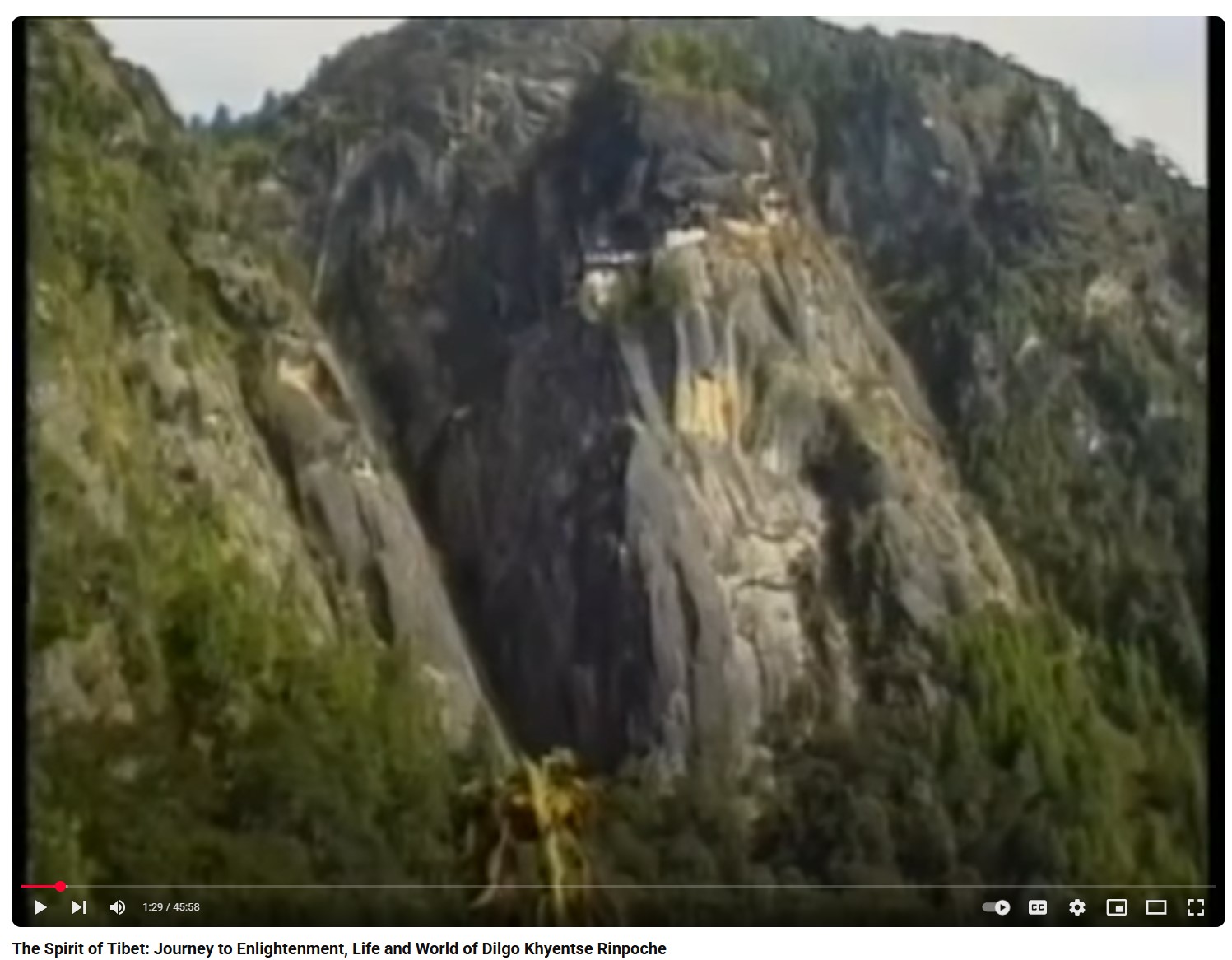
The Sickness - Blog Article
Blog Article
The Sickness

Universal Love: The Cosmic Current of Compassion - Blog Article
Blog Article
Universal Love: The Cosmic Current of Compassion
Beyond the interpersonal and societal, there exists a profound, all-encompassing force often referred to as universal love or cosmic love. This is not merely an emotion felt by individuals, but a fundamental principle, an inherent quality of existence itself, and the deepest expression of what we understand as compassion. In this mystical sense, universal love is the very essence from which all things emanate, a boundless ocean of benevolent energy that permeates the fabric of the cosmos.
The Unifying Field of Being
In many mystical traditions, universal love is seen as the ground of being – the underlying reality that connects every atom, every star, every consciousness. It's the silent hum of the universe, the invisible thread that weaves together the tapestry of creation. When we speak of it as the "physical embodiment of compassion," we're not suggesting it has a physical body in the human sense, but rather that it is the substance from which all manifest reality is formed, and its fundamental characteristic is profound, unconditional care.
Consider it as:
The Blueprint of Connection: Before anything was separate, there was a unified field of love. This universal love is the original blueprint for connection, a constant pull towards harmony and integration. Compassion, then, is our conscious participation in this cosmic blueprint, an alignment with this inherent oneness.
The Creative Impulse: Mystical traditions often describe creation as an act of divine love. The universe expands and unfolds not out of indifference, but out of a benevolent urge to express itself, to bring forth myriad forms of life. This creative impulse is inherently compassionate, ensuring the conditions for existence and flourishing.
The Sustaining Force: This cosmic love isn't just about creation; it's also about sustenance. It's the energetic flow that maintains balance, facilitates healing, and guides evolution. When we experience moments of profound grace, synchronicity, or inexplicable healing, it's often attributed to tapping into this universal, benevolent current.
Compassion as Echo, Reflection, and Catalyst
If universal love is the cosmic current, then human compassion is our individual and collective ability to echo, reflect, and act as a catalyst for this larger force within the manifest world:
An Echo: Our capacity for compassion is an echo of the universal. It's the divine spark within us that resonates with the boundless love of the cosmos. When we feel deep empathy or an urge to alleviate suffering, we are tuning into this fundamental universal frequency.
A Reflection: We become conduits through which this vast, formless compassion can find tangible expression in the world.
In this mystical sense, it's the ever-present, benevolent energy of the cosmos, and our compassion is the most direct, "physical" way we can participate in, express, and experience this profound, all-encompassing love that binds existence together. It is the very heart of the divine, manifesting as the impulse to care for all.

Why Entertainment Careers Can't Risk Controversial Connections - Blog Article
Blog Article
Why Entertainment Careers Can't Risk Controversial Connections
In the dazzling world of entertainment, image is everything. For actors, musicians, influencers, and even behind-the-scenes professionals, their public persona is meticulously crafted, and for good reason. One wrong move, one ill-advised association, can send a glittering career plummeting faster than a dropped microphone. It’s a harsh reality: those in the entertainment industry simply cannot afford to be seen as associated with anyone controversial. But why is this the case? Let's break down the layers of risk.
Brand Endorsements and Financial Fallout
The lifeblood of many entertainment careers, especially for high-profile individuals, comes from brand endorsements. Companies invest millions in associating their products with popular, positive, and widely appealing figures. When an entertainer is linked to a controversial individual or issue, it immediately poses a massive risk to these brands. Reputational Damage: The brand's reputation becomes intertwined with the celebrity's. If the celebrity is seen with someone controversial, the brand risks being perceived as endorsing or condoning that controversy. Loss of Deals: This often leads to immediate termination of contracts. Brands are quick to cut ties to protect their public image and shareholder value. Losing these lucrative deals can be a devastating financial blow, crippling a career.
Industry Blacklisting and Opportunities Drying Up
It's not just fans and brands that react. The industry itself is highly sensitive to public perception and potential liabilities. Studios, producers, directors, and even fellow artists will often distance themselves from anyone deemed a "risk." Risk Aversion: Production companies and networks are businesses first and foremost. They prioritize projects that are likely to succeed financially and avoid anything that could lead to public relations nightmares or legal complications. Damaged Reputation within the Industry: An entertainer known for associating with controversial people might be seen as difficult to work with, a liability, or simply not worth the potential headaches. This can lead to fewer auditions, roles, or creative opportunities. Loss of Trust: Collaborations are built on trust. If an artist's judgment is questioned due to their controversial associations, others may be hesitant to work with them.
Perception Becomes Reality: The public, fueled by headlines and social media, often jumps to conclusions. Explanations or justifications often fall on deaf ears once a narrative of "guilt by association" takes hold. No Room for Nuance: The fast-paced news cycle and short attention spans leave little room for nuanced explanations. A photo, a brief encounter, or even an old connection can be blown out of proportion.
One the other side of the coin(but much less common), an influencer may chase clout by allying themselves against controversial figures, and brands seeing an opportunity may use this knowledge to cash in. For those in the entertainment industry, maintaining a pristine public image isn't vanity; it's professional survival. The interconnected nature of endorsements, audience loyalty, and industry relationships means that any perceived association with controversy can quickly dismantle years of hard work and talent. It's a stark reminder that in the spotlight, every connection counts, and the line between personal life and professional consequence is often impossibly thin.
Categories:
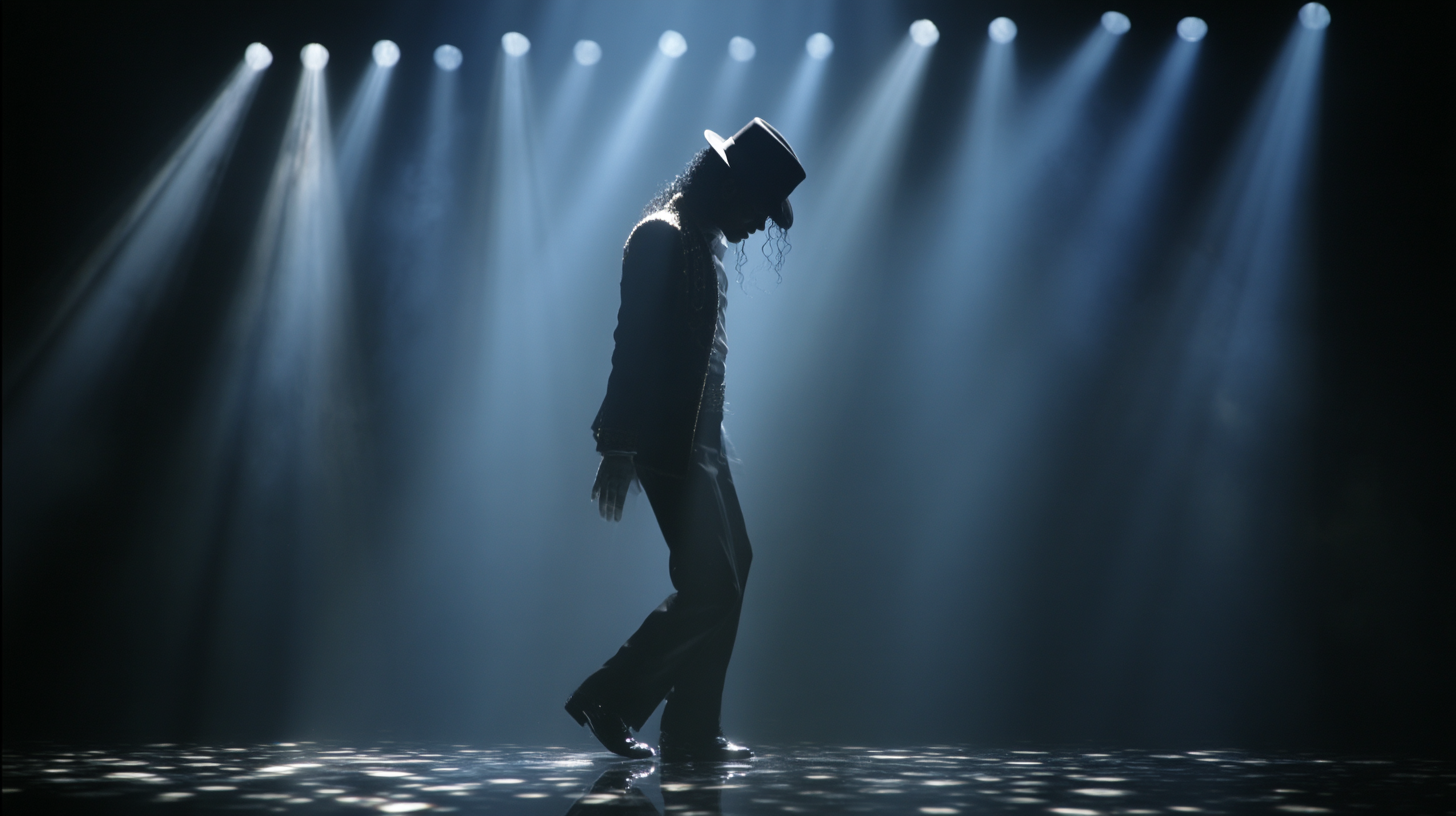
Why I'm Limiting Social Media to Just One Hour Each Day - Blog Article
Blog Article
Why I'm Limiting Social Media to Just One Hour Each Day
For a long time, social media was my default. Scrolling through feeds was the first thing I did in the morning and the last thing I did at night. It was an always-on companion, a constant hum in the background of my life. But lately, I’ve felt a growing unease. The endless scrolling, the comparison trap, the feeling of being constantly "on call" – it was taking more than it was giving.
That’s why I’ve decided to implement a new rule: one hour of social media each day, only in the evening. It might sound drastic to some, but for me, it feels like a necessary step towards a more intentional and fulfilling life.
So, why the self-imposed restriction? Here are the reasons that pushed me to make this change:
1. Reclaiming My Time (and My Mornings!)
Let's be honest, how many hours do we genuinely lose to social media each day? Before, I'd pick up my phone, intending to check one notification, and an hour later, I'd find myself down a rabbit hole of irrelevant content. By pushing my social media usage to the evening, I'm reclaiming my mornings for productive activities, a peaceful start to the day, or simply enjoying my coffee without the digital noise. During the day, I can focus on work, hobbies, and real-life interactions without the constant pull of notifications.
2. Reducing Mental Clutter and Overwhelm
Social media, while a great tool for connection, can also be a significant source of mental clutter. The constant influx of information, opinions, and curated highlight reels can be overwhelming. It often left me feeling drained, anxious, or inadequate. Limiting my time means less exposure to this relentless stream, allowing my mind more space to breathe, focus, and genuinely relax. It's about creating a calmer mental landscape.
3. Fostering Deeper Connections (Offline)
It's ironic, isn't it? Platforms designed for "connection" can often make us feel more disconnected from the people physically around us. I found myself scrolling through acquaintances' lives instead of engaging meaningfully with my loved ones or pursuing my own interests. By dedicating my evenings to a focused hour of social media, I'm freeing up the rest of my time to invest in real-life conversations, phone calls with distant family, or engaging in activities that bring me joy and build genuine connections.
4. Improving Sleep Quality
This one is huge. The blue light from screens, the mentally stimulating content, the urge to "just check one more thing" – it all contributes to disrupted sleep patterns. By setting a hard stop on social media in the evening, well before bedtime, I'm giving my brain a chance to wind down properly. I'm hoping for better, more restful sleep, which in turn will positively impact my mood and energy levels.
5. Cultivating Mindfulness and Presence
When you're constantly connected, it's easy to live life through a screen, always documenting, always comparing, rarely truly being in the moment. This new approach is about being more present in my own life. It's about noticing the small details, engaging fully with my surroundings, and appreciating experiences without the immediate pressure to share them online.
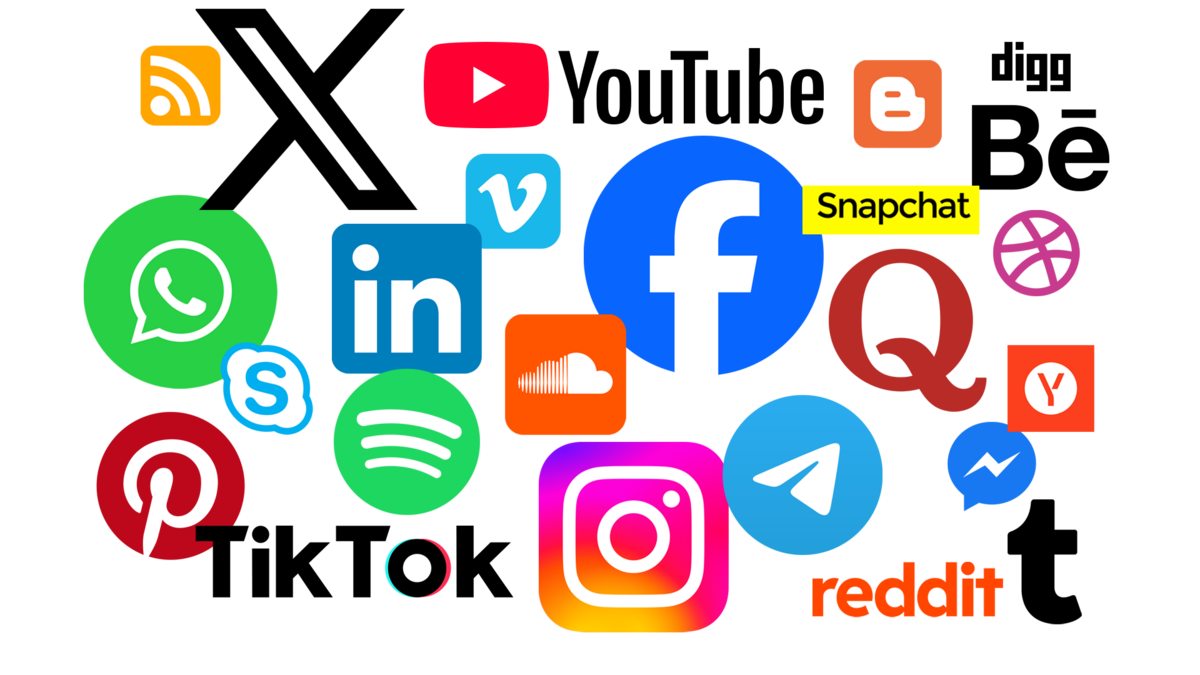
You Are Not For Everyone - Blog Article
Blog Article
You Are Not For Everyone
You Are Not For Everyone.
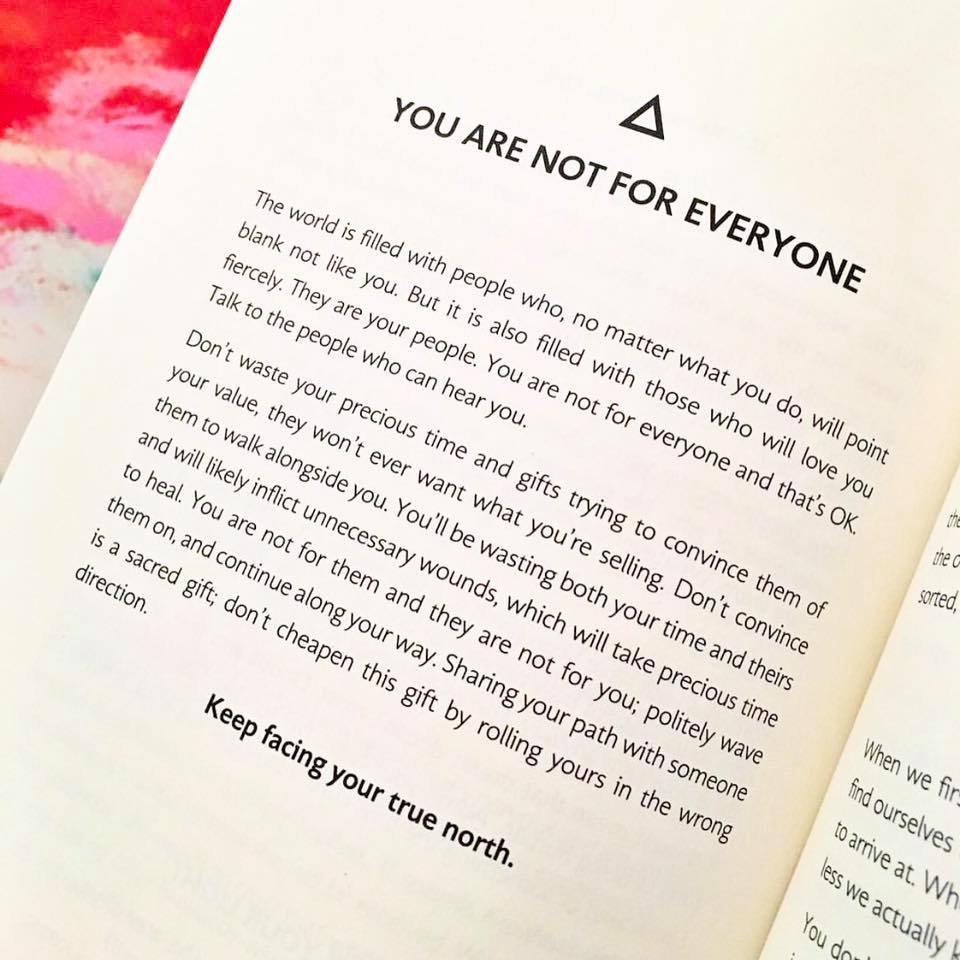
The Sickness -Blog Articles
Blog Articles
The Sickness

index.php
sea
docs.php
video.php
video.php
video.php
audio.php
Metta-Loving-Kindness-Meditation
Where-we-go(orchestral-arrangement)
Where-we-go(orchestral-arrangement)
Where-we-go(Orchestral-Version)
Where-we-go
System-function
flight
Shanti
Zen
Stillness
Stillness
PressPlay
Population Decline In Western Countries
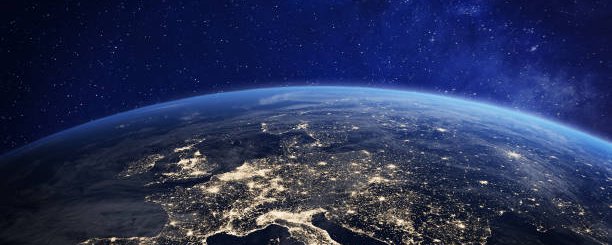
Heard a discussion on the radio tonight about Australia's declining birth rate and possible measures to aid recovery. Financial incentives were mentioned, and while this may provide temporary improvement it doesn't address what's causing the problem to begin with. This isn't an Australia only problem, all western countries are experiencing the same issues. Will our populations level off at some point?... That may or may not be the case. The problem appears systemic in nature, as our governments and society becomes more and more top heavy. Increasing legislative bloat adds to the issue as our systems become more and more expensive to run and maintain. The main things your average citizen wants in order of importance:
1) A comfortable place to live
2) Our preference of Food
3) A reliable means of personal transport
4) Recreational activities,
All affected by cost increases.
Marxism/communism isn't the answer, these systems just move all the power to the government (make our systems top heavy to the extreme). Fewer and fewer small businesses cause value to be increasingly syphoned further and further up the pyramid towards the larger players in the markets and away from the local communities benefiting from the goods and services.
The effects of globalisation will eventually affect the non-western countries as well, which is likely to cause a peak in world population followed by decline. Eventually policy will have to be sustainable not only from an environmental perspective, but from a human needs perspective.
We should not go down the path of increasing authoritarianism as the answer to the problem of disquiet caused by reduced quality of living standards. I feel that world governments will eventually find the balancing point between effective policy and serving the human needs of their citizens.
home
Offering
Universal-love
Mandolin-Meditation
LoveExistsInThisPlace(AR-Cover-Remix)
Powerful
Powerful
Powerful(AR-Remix)
5-Minute-Guided-Meditation
TheLight
Freestyler(AR-Remix)
Setpoint
Mindfields(AR-Remix)
Inside-The-Frame
The-Weeknd
The-Weeknd
Balancing The Personalized Convenience of Google With Startpage's Uncurated Clarity

In general, the utilitarian nature of curated results from Google and other search engines are an effective way to improve efficiency and relevance for individual search results, giving us the opportunity to quickly find what we are looking for with minimal fuss. While the desire for personalization is appropriate for convenience and relevance, the ways in which it's achieved can have significant privacy implications. This data fuels algorithms that, by design, limit the range of information and perspectives you encounter, creating filter bubbles that can have profound implications for individual understanding and societal discourse. That's where Startpage can shine as a supplement. It lets you tap into Google's vast search index, giving you the same quality results, but without the personal data collection and the algorithmic tailoring. So, when you're looking for an unfiltered view, or when privacy is your top concern, using Startpage alongside your usual search methods can be an effective approach. It offers a way to get objective, unprofiled search results whenever you need them, giving you more control over your information flow.
Self-Acceptance(Unconditionally-PicardRap-RemixMashup)
Focus-Meditation
SongOfTheAncestors
How-Can-I-Keep-From-Singing(Cover)
The-Grid(AR-Remix)
Harder-Better-Faster-Stronger(AR-Remix)
wake-up(served-remix)
Inner-Peace-Meditation
Meditation
FewLikeThee
FewLikeThee
Valhalla
FewLikeThee
InnerDemons
SomeThingsEnd
KnowingThyself
Spark-of-Life
ThisPlace
Brahman
Satya
Jyoti
LightBringer
DomusNova
DomusNova
DomusNova
ArmouredHeart
Minerva
Minerva
ForceOfNature
ForceOfNature
ForceOfNature
ForceOfNature
PorchLight
PorchLight
SystemReboot
SystemReboot
SystemReboot
SystemReboot
EdgeoftheUnknown
EdgeoftheUnknown
Edge_of_the_unknown
Edge_of_the_unknown
Inner-Light
WeCollide
WeCollide
WeCollide
WeCollide
MysticSecrets
MysticSecrets
MysticSecrets
MysticSecrets
TheTimeMachine
TheTimeMachine
Transdimensional
Transdimensional
DigitalLove
DigitalLove
Something-changed-inside-me
The-Inner-Light
A-Story-of-Athena
Causality-and-consciousness
Soul-Energy
The-bride-is-killed
Decoding-Divination
Barry-Allen-speedforce
Rebirth-the-authentic-self
Seven-wakes-as-individual
Aspects-of-self
Incarnation-and-reincarnation
A-journey-into-hypnagogic-states
Self-realisation
The-Paranormal-does-it-exist
Exploring-animal-and-plant-consciousness
Intrinsic-value
A-modern-mystic-cookbook
Empower-your-intentions
Unveiling-the-mysteries-of-non-physical-energies
Mastering-mental-projections-a-guide
Unleashing-the-unseen-a-dive-into-ESP
MacGyver-builds-ultralight
Dumbledore_Harry_Voldemort
The_Doctor
Baal_The_President
Rey_And_Kylo
Neo_Morpheus
Novikov
Protecting Our Environment, A Multifaceted Approach
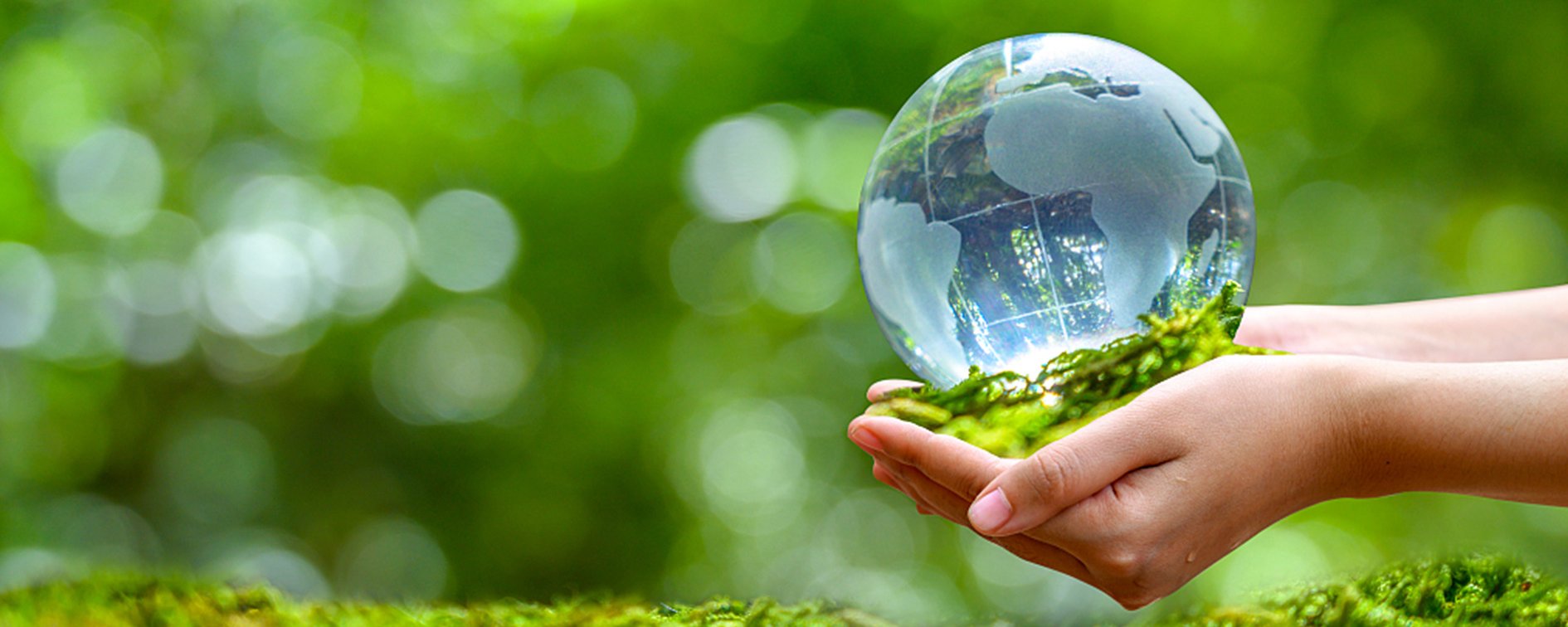
Reducing our carbon footprint can involve a number of approaches. At an individual level, such things as eating less meat (to reduce emissions from the agricultural industry, but also in having the side benefit of reducing overall animal suffering), and driving vehicles that trace back to a smaller overall output of emissions (such as with electric vehicles and hybrid vehicles, if practical). Socioeconomic factors are relevant in the adoption of carbon reducing measures in the larger scheme of things. Discussions on the world stage often involve the placing of blame on “big spenders” that contribute more to the overall issue, though personally I feel we all should feel comfortable advocating for a more healthy environment in our own unique ways. For me, I’ve driven an electric car in the past, but was limited to a vehicle that had a range of less than 100km because of budgeting constraints(and I did love that car!). When I began doing work as an independent courier, I bought a second hand petrol vehicle. An electric vehicle with enough range just wasn’t practical for me. Where I do contribute though is by being vegetarian, something that was instilled inside me many years ago when I realised that animal suffering is real and something to be taken seriously. On the whole I believe that we all have a responsibility towards a better stewardship of our planet by making individual yet unique contributions that promote not only own individual well-being but the well-being of our planet.
Exploring Digital AI Services As A Supplement To Google Search
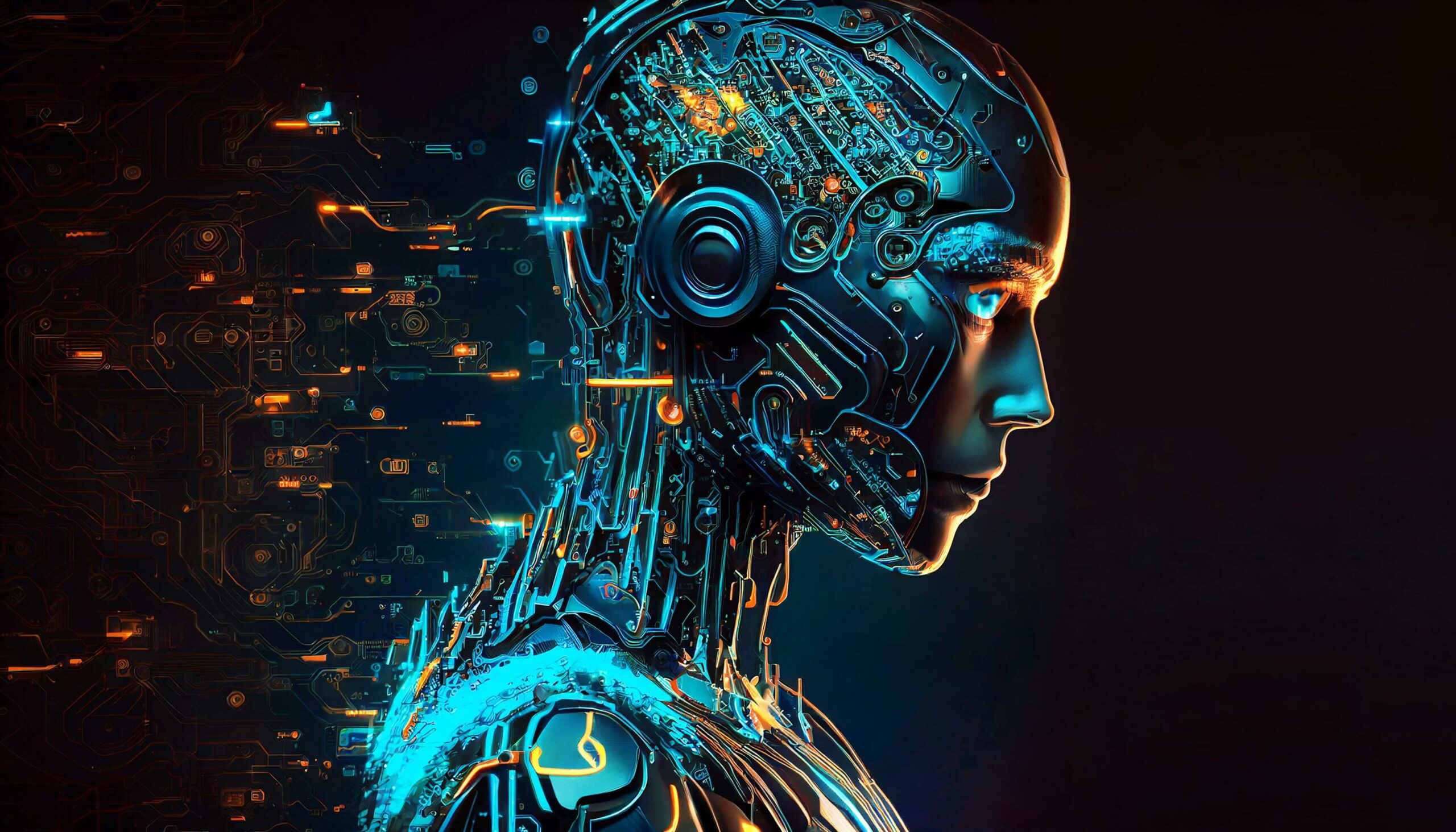
With the continuing improvement to LLMs(Large Language Models) available often for free online, we’ve reached (as of June 2025) a point where their complexity and utility is increasingly useful for finding information or clarifying your own thoughts when formulating content for others online.
LLMs are essentially a type of artificial intelligence program designed to understand, generate, and process human language through extensive training on vast amounts of text data. While they may seem sentient and cognisant they are not (this may change as various advancements in AI continue to develop). LLMs are great at processing large amounts of data and responding to patterns in presented queries that represents that data accurately. This becomes especially powerful as patterns of interaction can now be saved for future use by such systems to leverage your unique way of presenting and responding to queries. Not only this, but as the amount of information that can be included in a query increases (due to exponential improvements in AI infrastructure such as more powerful processing capabilities and larger data capacities) the more relevant responses can be. An example of this would be the ability to input an entire novel into a prompt and ask the LLM specific questions about the content.
For the average LLM user free online services may be all that is necessary; such as ChatGPT from OpenAI, Gemini available through Google services or Grok, a part of the X social media platform. Each have their own benefits and accuracy ratings, depending on the type of query presented. Pure text queries are understood by LLMs the best as the sheer volume of training data and accuracy of meaning expressed in words is the least ambiguous of all the data types. As machine vision and recognition of images and visual context improves over time the utility of things such AI in robotics is improving greatly. We are already seeing massive growth in the field of robotics due to these improvements.
When considering options for using an LLM as a supplement to Google or other search provider, your data privacy and security should one of your primary concerns. This is especially relevant when considering who controls the LLM you are using. Companies like DeepSeek are showing incredible promise with comparable performance to Gemini and ChatGPT while operating on budgets that are orders of magnitude less than their competitors. DeepSeek however operates under government systems that have more pervasive control of information available to and exchanged with users. With LLMs being available to use globally, this has the potential to cause conflicts of interest where users originate from systems of government that place more value on freedom of expression and autonomy. Many have found ways to leverage the utility of DeekSeek and other LLMs while remaining anonymous by hosting their own copies of cutback versions of the software on their own computers. Programs like LM Studio can be set up for this purpose with minimal hassle. One of the most relevant considerations with locally run LLMs is the RAM size of the system as the entire program needs to run in memory. Free locally run LLMs have developed over time with very specific tasks in mind to maximise efficiency and performance on less powerful hardware. There are many cutback versions of LLMs to choose from when going down this route. Many specialise in the reason for use such as coding, or text summarisation.
When formulating your own content for online use, the accuracy and utility of the information presented can be leveraged exponentially while maintaining your personal approach and perspectives. One way to accomplish this is to engage in conversation with an LLM on the chosen topic and crystalise your approach by openly considering where your own blind spots may reside, while further improving your own knowledge base (It is important to check information sources though as LLMs are not perfect). The utility and efficiency of your conversations with LLMs improve as your user profile becomes more refined over time
Self-Realization

Psychology defines it as the "Fulfillment by oneself of the possibilities of one's character or personality." There is a wide variety of content on the topic from a spiritual or Eastern perspective. Common themes include, "Finding the truth of who you are". A related term, "Spiritual Emergence" can be referred to as a quickening of the spiritual potential within a person that is greater than the normal unfolding and development that the person normally experiences during their life. It can assist growth toward a deeper, more connected and expanded way of being. If this process becomes too rapid or intense it can interfere with regular daily functioning, where it may develop into what is called a "Spiritual Emergency". spiritualemergence.net provides the following information - "Spiritual Emergence can be referred to as Kundalini awakening (KA), shamanic journey, mystical experience, awakening the Divine within, psychic opening, out-of-body experience (OBE), or near-death experience (NDE). Spiritual Emergence may be initiated or intensified by major life transitions, trauma, terminal illness, physical or emotional distress, the use of psychoactive drugs, as well as through intensive psychotherapy or practices such as breath work, certain types of Yoga, deep prayer and meditation. Although emergence is a natural process, traditional Western medicine and helping professions have not generally recognized it. Spiritual Emergence has the dual nature of being potentially deeply healing as well as potentially deeply disturbing."
"In self-realization we learn to crawl, and then to walk within the light as part of the oneness. We learn to run by finding the light within, and in doing so we become a unique evolution of the divine."
The Paranormal Does it Exist?

Science has struggled for many years to study and quantify the existence of the paranormal. By it's very definition, paranormal phenomena are outside the rules we've created for how our universe should work. The scientific method has been very reliable in predicting, discovering, and defining the rules that govern the world around us. From it, technological and medical advances have helped greatly improve our quality of life.
One of the biggest problems facing this kind of research is that it can be difficult to reproduce the same results from one study to another. The scientific method requires that all relevant variables are controlled and measured in order to maintain consistent standards between different studies of the same nature. It can be really hard to reproduce exactly the same conditions, in the same way in a laboratory environment, to produce consistent results.
I like to think of the scientific method as a reliable way to study and quantify the rules that govern the universe around us, as it would exist without sentient life. (quantum mechanical events seem to indicate that the observer is a must to collapse the wave-form of potential events, but the wave-form itself exists without an outside observer) A useful analogy could be to see the universe around us as the bigger dream (a construct created by a higher intelligence) and our own consciousness, as the smaller dream, collapsing the wave-form of potential outcomes, as well as having a measure of influence over them. The rules within the bigger dream form our consensus reality. Our own minds influence this larger consensus reality through the observer effect. This is why I think experiments that utilize large groups of people, focusing on a single point of intention can have more effect on world events than those that focus only on individuals alone (such as the Maharishi Effect). I believe that paranormal phenomena does indeed exist, even if on average it occupies a small part of our daily lives.
Tech Has A Place In Achieving The Sustainable Development Goals
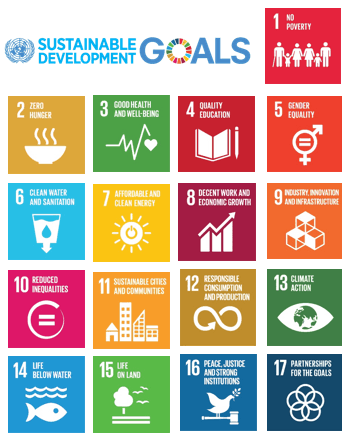
If we are to achieve significant headway towards achieving the 17 Sustainable Development Goals (SDG’s) brought forward by the UN General Assembly in 2015, we’ll need not only the support of governments, but support and innovation from private citizens and business both large and small. A significant portion of value towards achieving the STGs will be from the science and technology sector. Improvements to AI, deep learning, robotics & automation will present us with a number of opportunities never seen before. This will include reducing prices for products and services and increases to productivity possible across all industries. If we want to capitalize on these trends in order to eliminate poverty we’ll need to change how our welfare systems work.
While new jobs will be created due to automation and AI, it is likely that there will be a reduction in the hours worked overall. Productivity trends over the last 50 years have shown significant improvements, though the additional wealth created has been going to smaller percentages of the population. There has been a push by some in recent times towards Marxism/Communism as a fairer way to distribute this extra wealth. If the government controls all economic activity, those who can best serve value in their chosen industries don’t develop the skills needed organically as there is much less incentive and competition to meet consumer needs.
While Capitalism isn’t perfect, it is the best system we have created so far. Essentially we get to exchange what has value to us via a go between – money. Businesses that provide better value will usually do better than businesses that don’t. The problem is that though automation increases productivity and wealth, those increases don't necessarily go towards enriching the average individual. To that end we need government policies that simplify and radically change our welfare systems.
A universal basic income that covers basic food and accommodation that doesn’t change with personal income is a better option. Those seeking employment have a stronger bargaining position as their basic needs are already met. Government administrative overheads are reduced, and those wishing to start businesses or pursue further study can do so more freely.
A UBI Working in tandem with well operating universal health care programs to support the sick, disabled and injured need to be a part of the overall picture in order to best serve the SDG goals by 2030. These are big challenges for governments. How do we best serve the common good through taxation policy and maintain strong industries in the process? One thing is for sure, AI, deep learning, robotics & automation will transform our social and economic landscapes whether we are ready or not.
Technology as a Driving Force Behind Social Change, Human Health, & Well-being

Our technological progress is deeply linked to our social and cultural progress. As a species we are driven to provide first for our basic needs such as food, water, shelter, & the survival of our species. When our technological development was in its infancy most of our time was consumed providing for these basic needs. From our humble beginnings as a species, an ability to work together effectively in social groups greatly benefited survival. The better we became at communicating with each other, the more easily we could meet our basic needs. Our spoken and written languages were born out of this recognition, and over time, our capacity to think and conceptualize in new and novel ways improved. Our natural curiosity and drive to more easily and effectively meet our basic needs began the first technological revolution – the use of simple tools. As our tools improved, and our needs were more easily met, we had more time to express ourselves in ways not purely dedicated to survival alone. Maslow’s Hierarchy Of Needs is a good example of how we are motivated to fulfill basic needs before moving on to other, more advanced needs.
Our technology has progressed to a point where our basic needs can be met in very little time at all, but we have less direct control over the creation process. In our early tribal societies we could gather the required components and create our own spears, stone axes, bows, etc without having to rely on another party to produce them for us. Today, our more advanced technologies are produced in factories with specialized equipment and multi-layered creation processes. Since the beginning of the industrial revolution we have seen an increase in general affluence and health, as economies of scale and products became cheaper, and easier to manufacture.
As better communications technology has developed with the advent of personal computers, the internet, satellites, and smart phones, we’ve seen a move towards intellectual capital, knowledge, and ideas driving economic growth and prosperity. The internet has been a huge force behind this move. Individuals anywhere on the planet can collaborate and share ideas in ways not possible even 10 or 20 years ago. As national borders break down, there has been a shift towards the globalization of culture and identity.
One of the major problems we face now is that these complex multi-layered processes for the production of modern technologies have yet to reach many of those in the developing nations. While there are many organisations that are attempting to bridge the gap, the availability of technologies that improve health and well-being are still out of reach for many.
In the later half of this century as the effects of economic and cultural globalization push on, we'll see a new post-industrial era of technological development that transcends national borders, as the basic resources needed for prosperity are available universally. Our increasing ability to manipulate and reconfigure matter at smaller and smaller scales with nanotechnology, and advances in artificial intelligence will play a big part in reducing world poverty as the costs of production reduce, and the power to build, create and innovate is shifted from the few back to the many. 3D printers, robot hotels, robot builders etc, are an early example of how advances in nanotechnology and AI could be applied, transforming the average consumer's ability to directly control the products and services they desire.
The social instability and unrest we face today due to the unequal distribution of economic resources should then drop significantly. We may no longer need to “work” in the conventional sense of the word, but be free to pursue our interests, whatever they may be. Where may this then lead us? A new age of prosperity and well-being may be just around the corner.
A Few Thoughts On Universal Basic Income

Universal Basic Income or "UBI" is a topic in the media of late. Many jobs can already be automated due to advances in artificial intelligence and machine learning. Such advances are likely to improve significantly over the course of the next 10 to 20 years. Within just the next 5 years we should start to see more automated Ubers and other forms of automated taxis driving around on our roads. As automation improves, workers are likely to be displaced at larger and larger percentages of the overall workforce. This trend has the potential to shift a great deal more of our society's financial wealth to the top few percent of earners.
Our current social welfare programs have much administrative and legislative overhead, making them inefficient and ineffective in moving resources to those in need. Often party politics can play a large part in who and what programs are afforded, changing as old leaders leave and new leaders are sworn in. A single social welfare program that affords each citizen with a fixed income irrespective of their individual circumstances that covers their basic needs (food, and shelter) is the most egalitarian way forward.
Many will need to be retrained or re-skilled in order to find work in the newly developing economies. A UBI would provide individuals with a basic safety net, a chance where they might not have had otherwise, to pursue their own interests in skills redevelopment or other qualifications.
We need to include well-being next to GDP as an important measure of how our society is performing. A UBI would improve a number of wider social metrics related to well-being. The wider community can then see a greater degree of benefit from the prosperity created by technological advances in automation.



